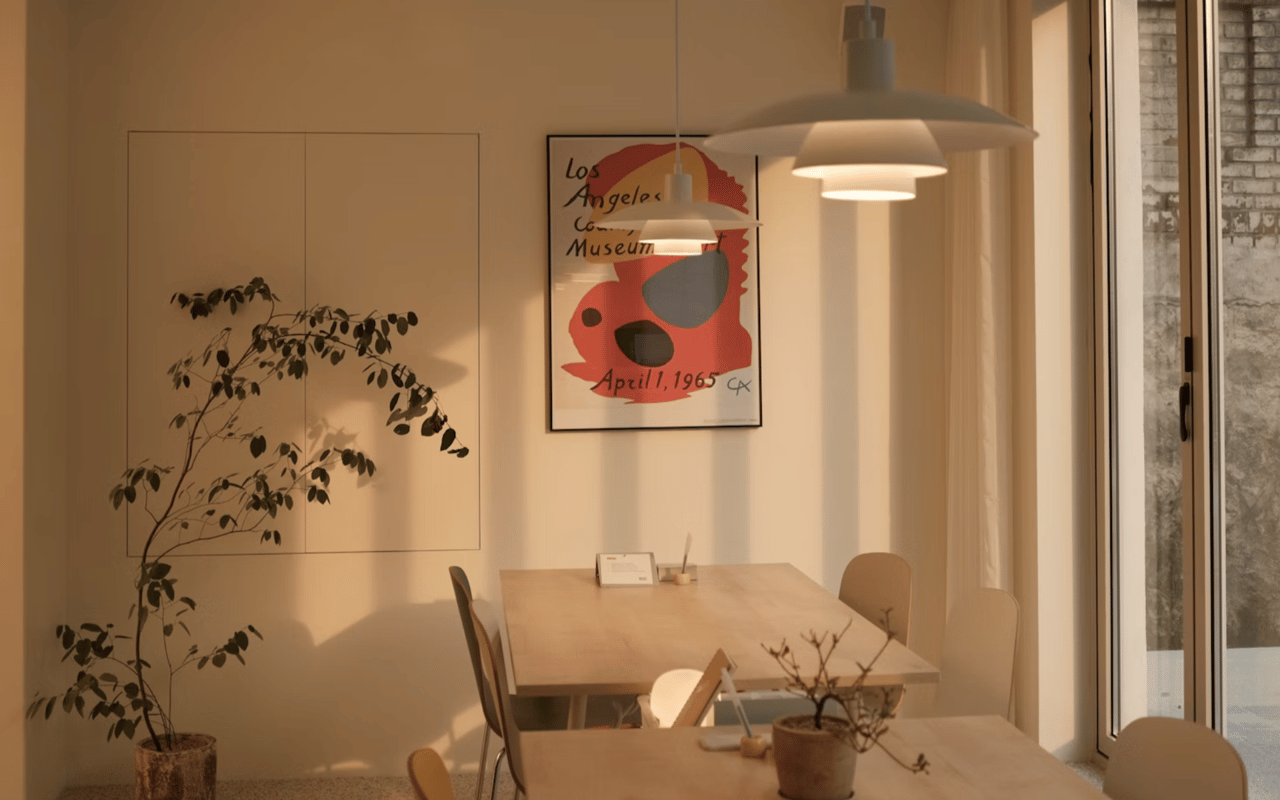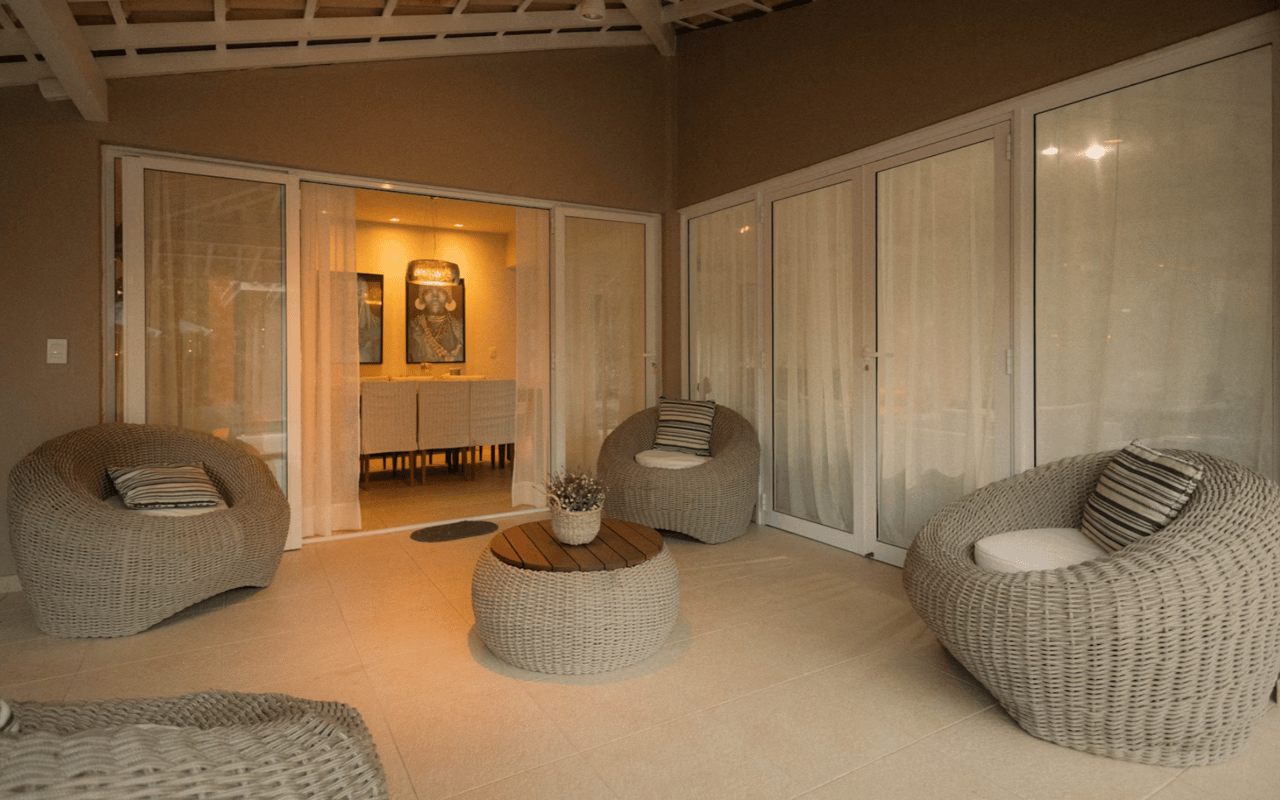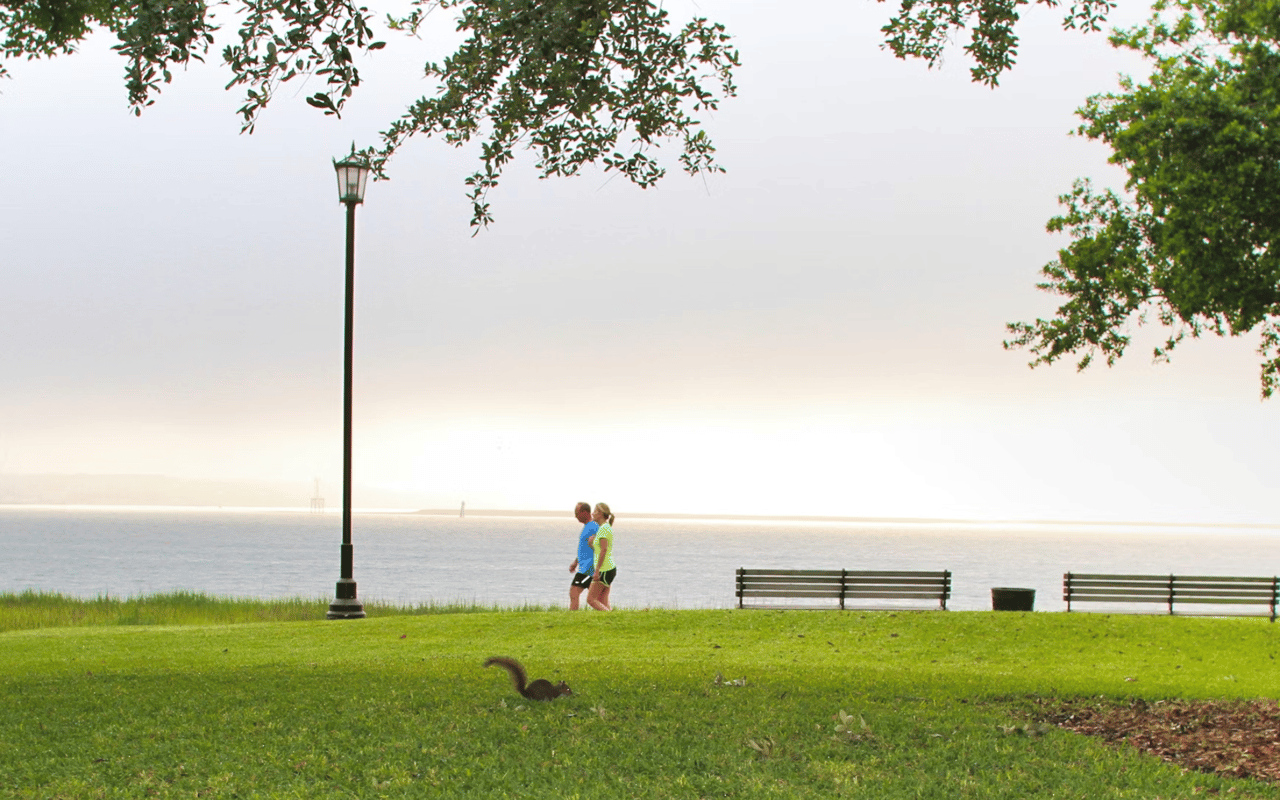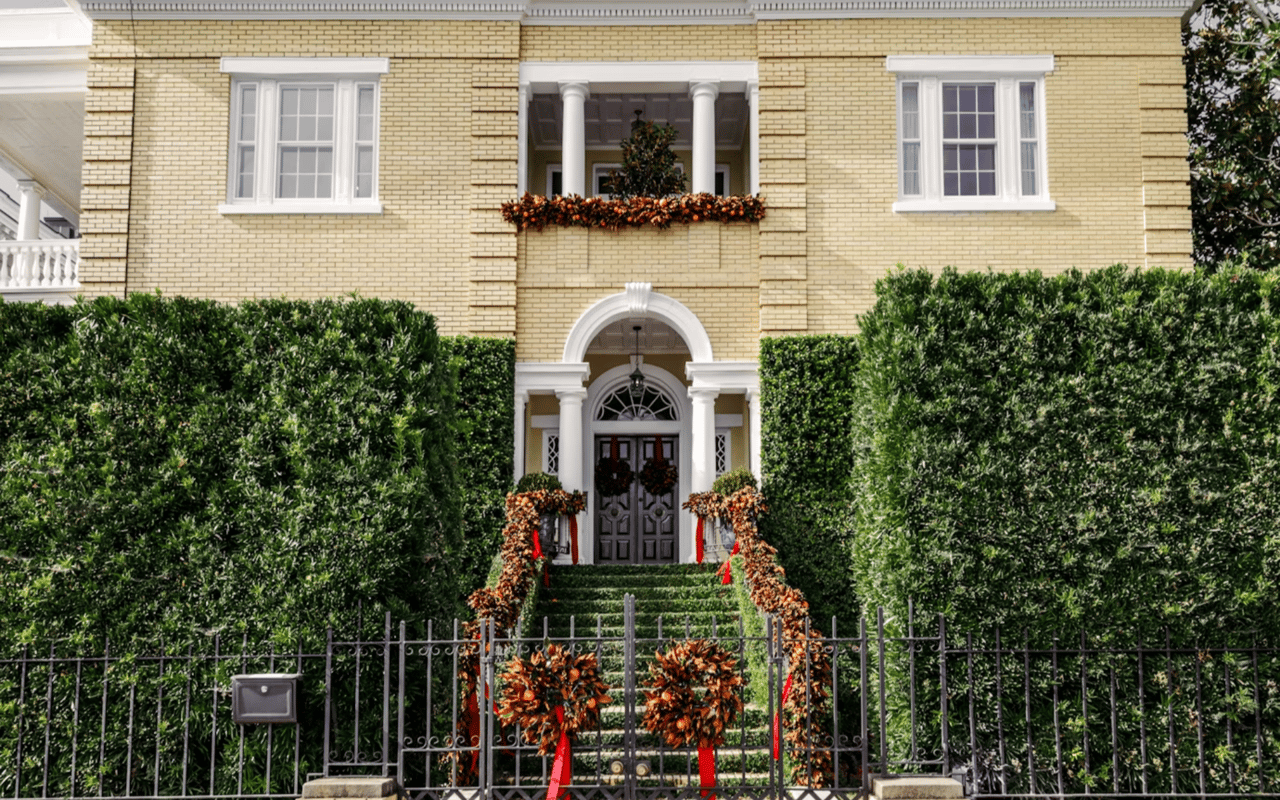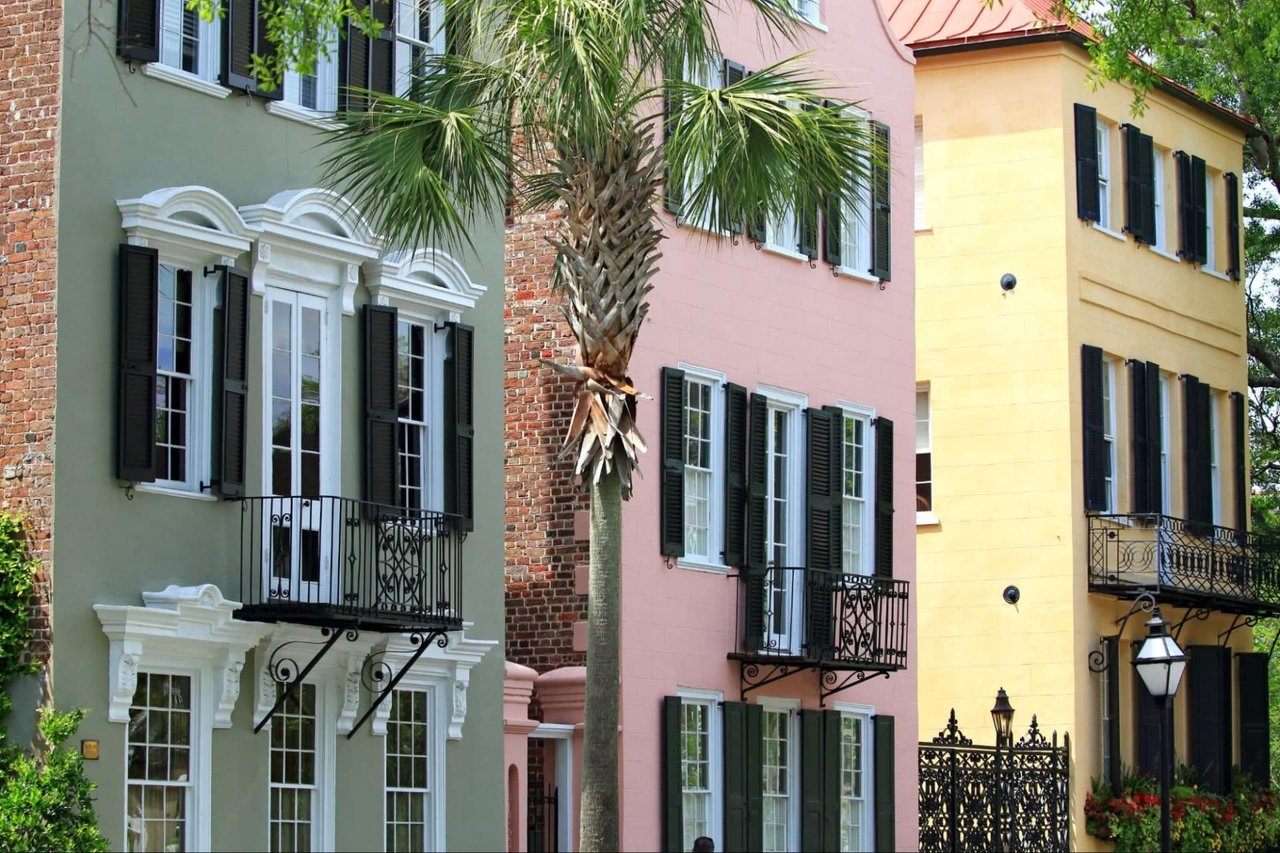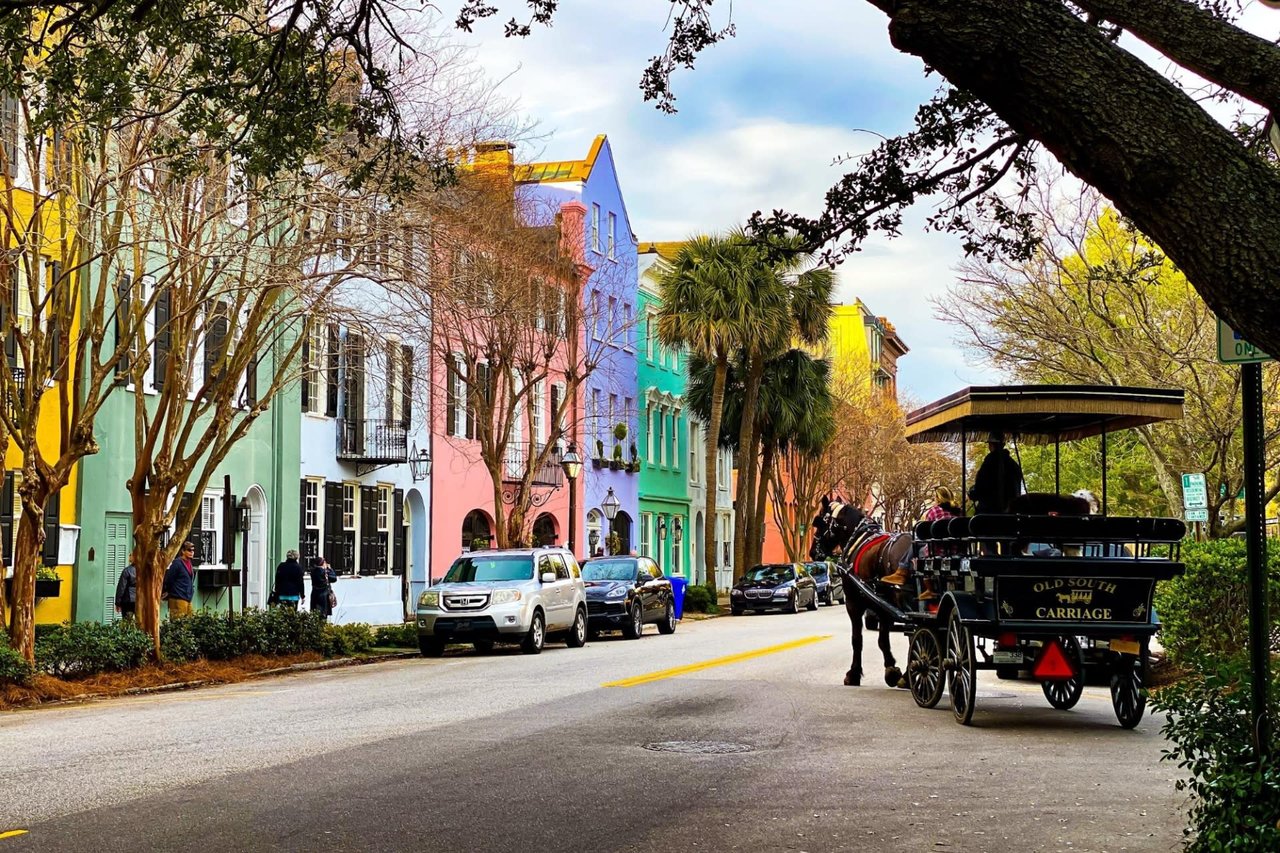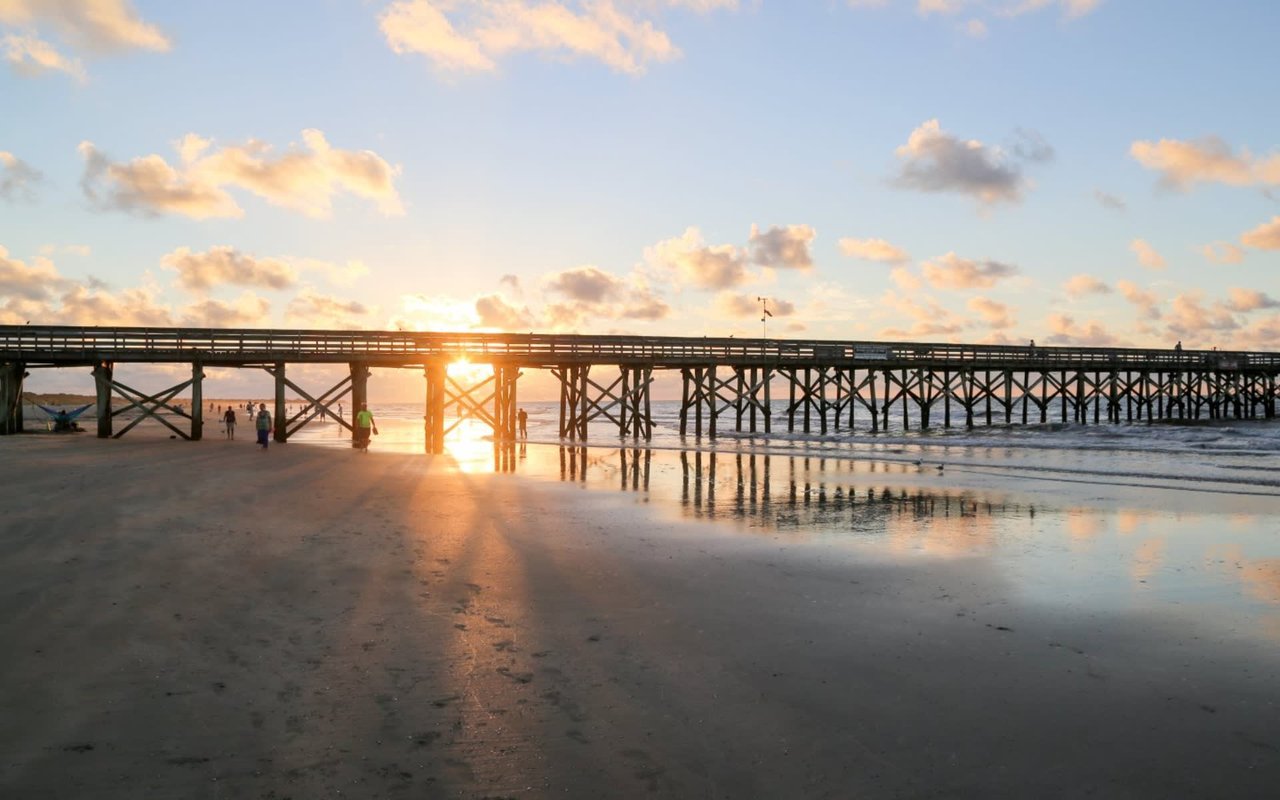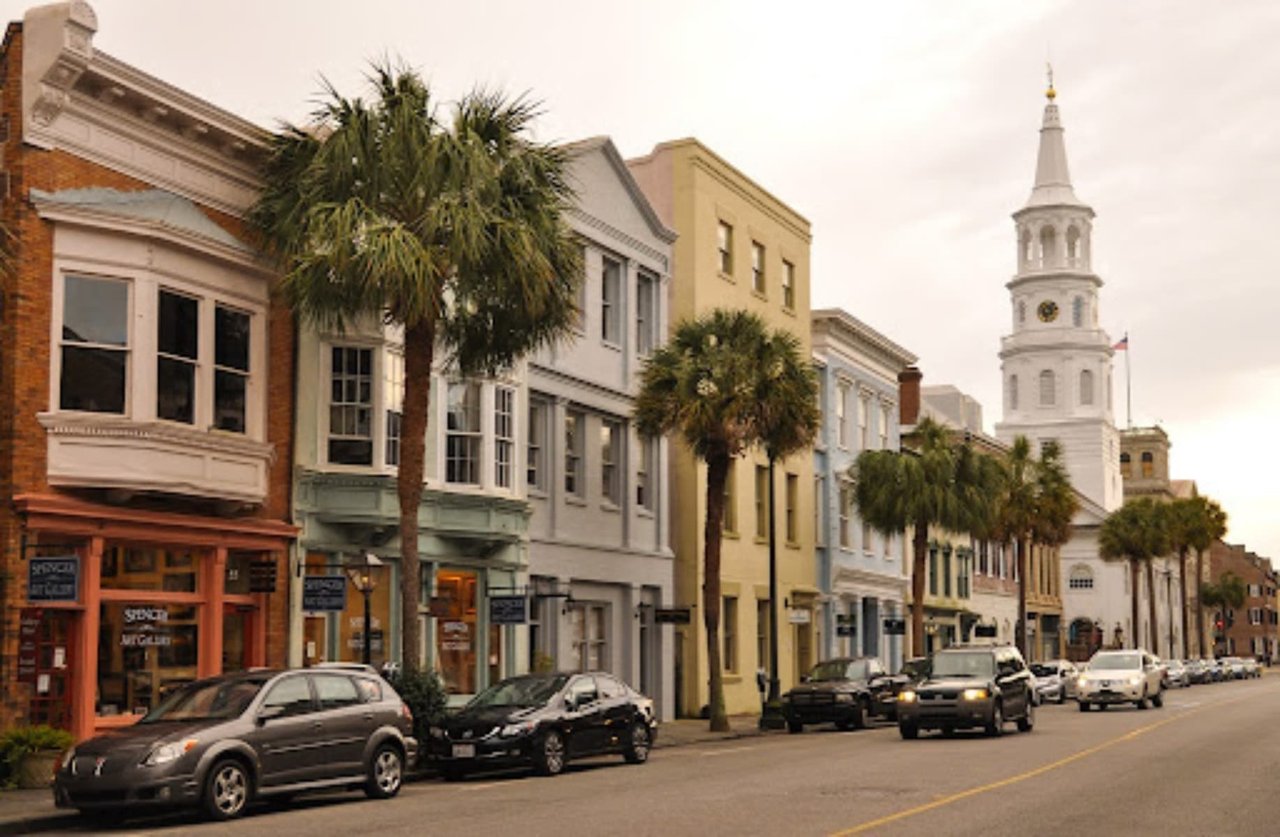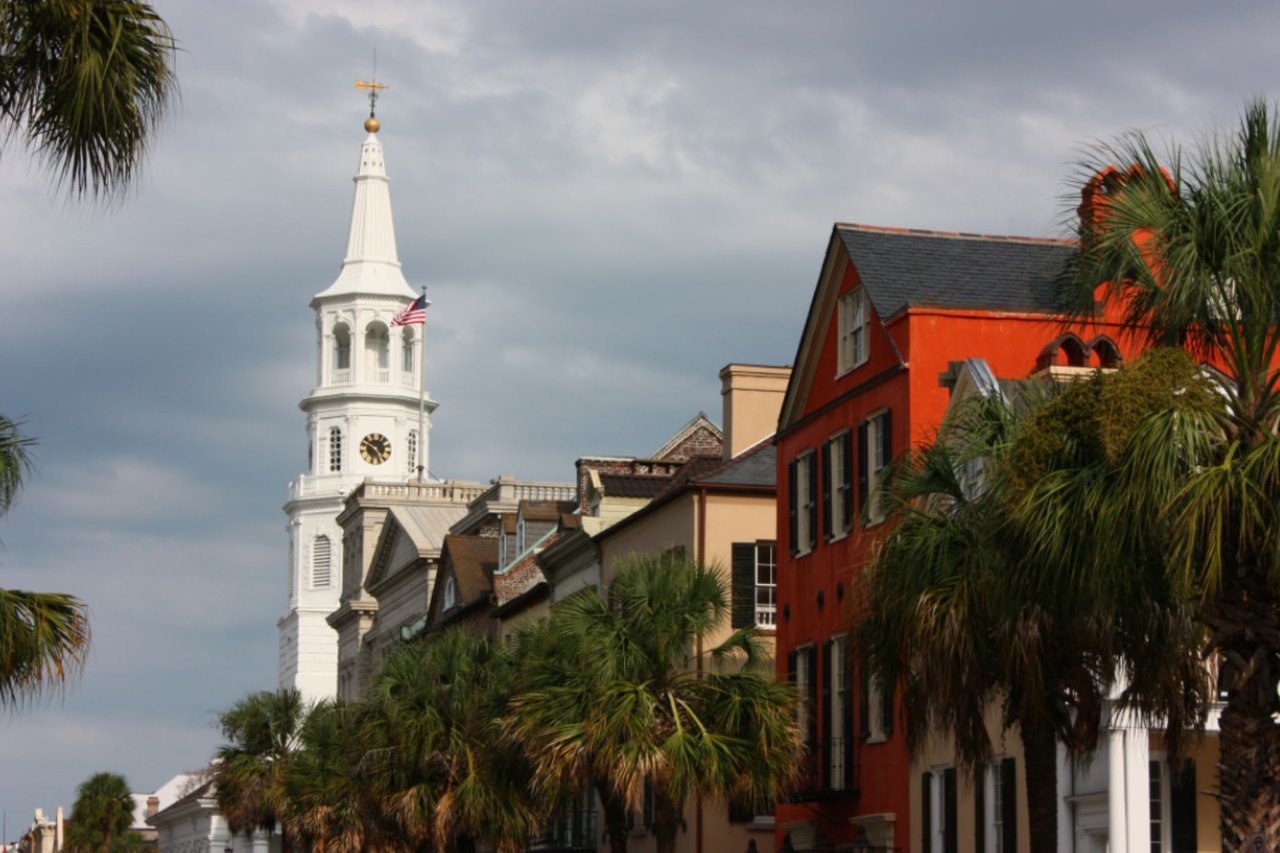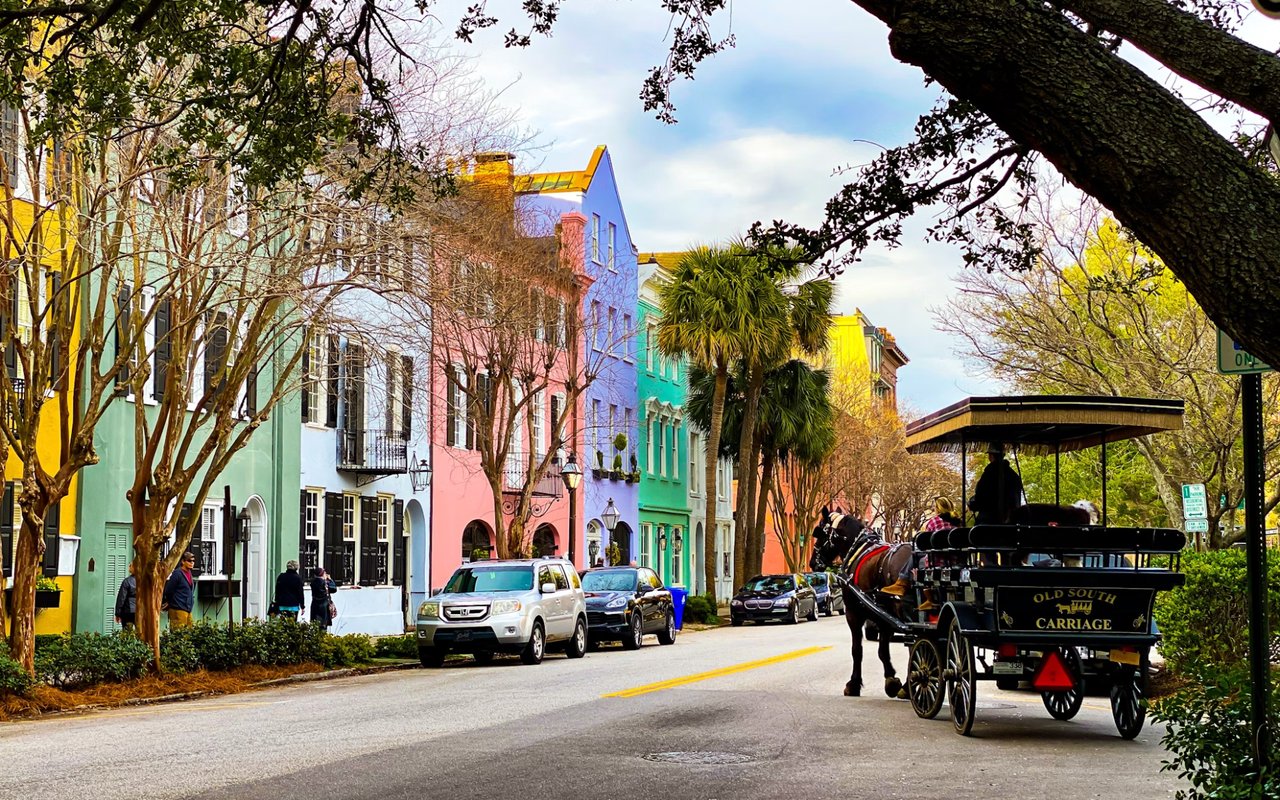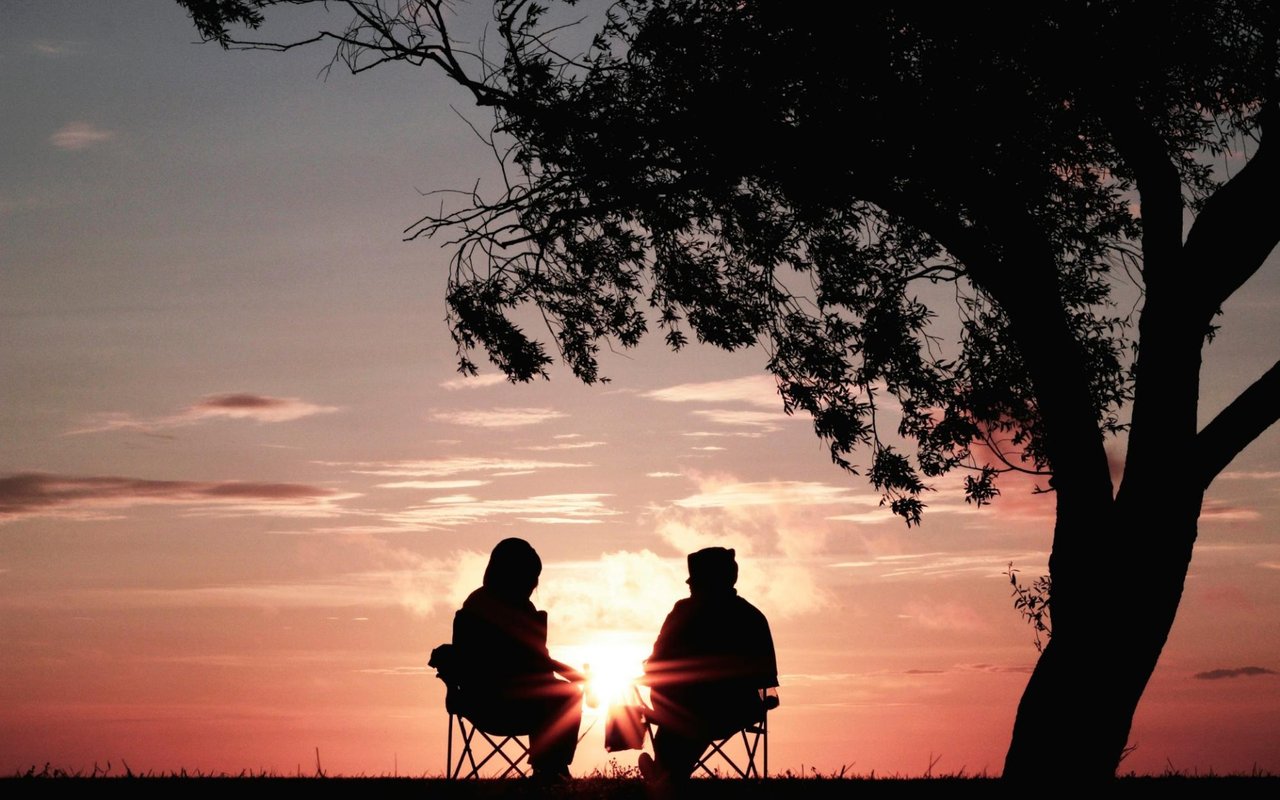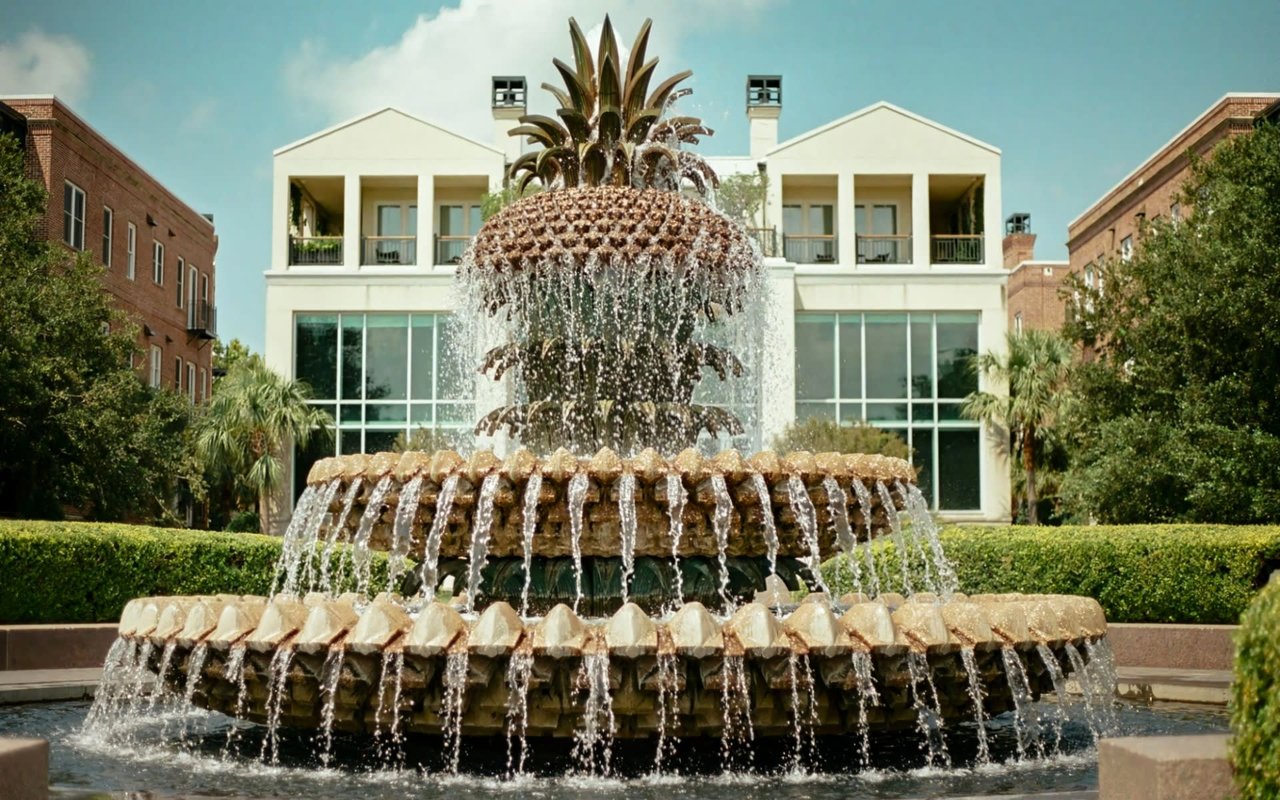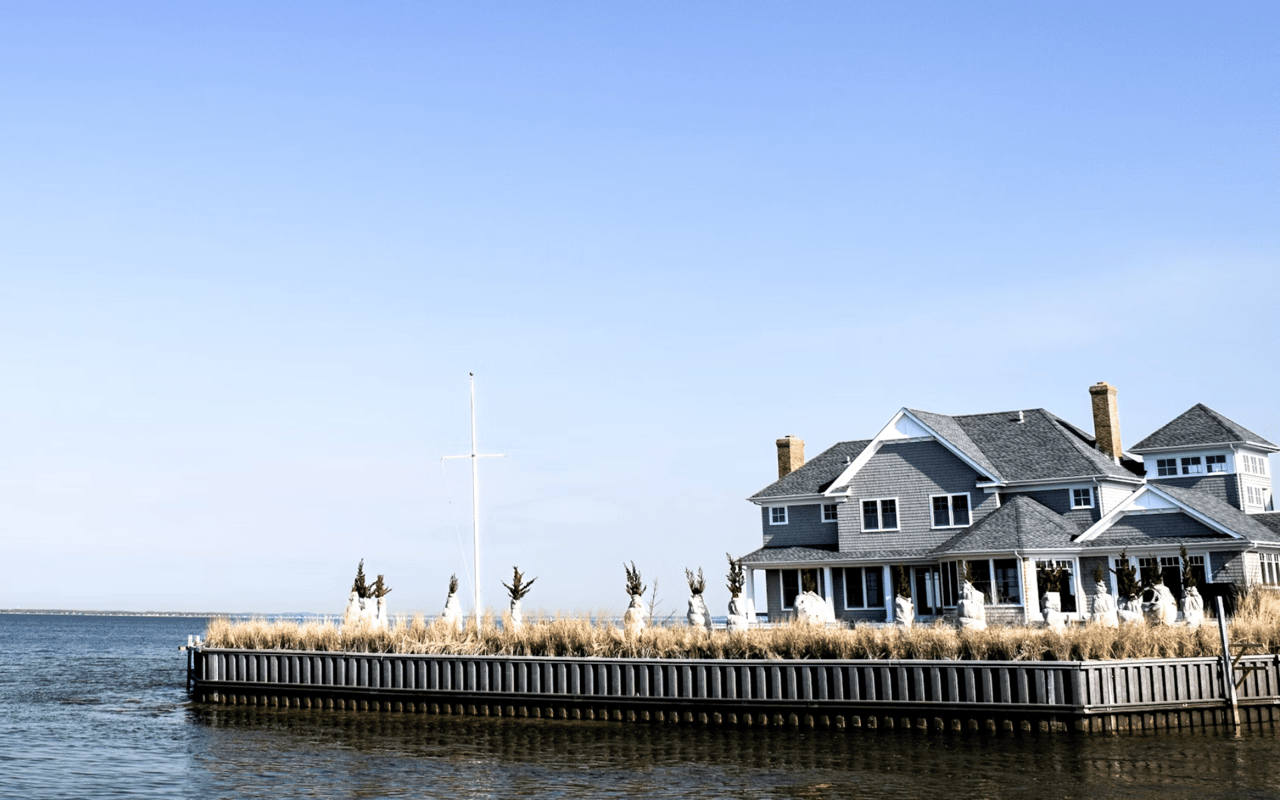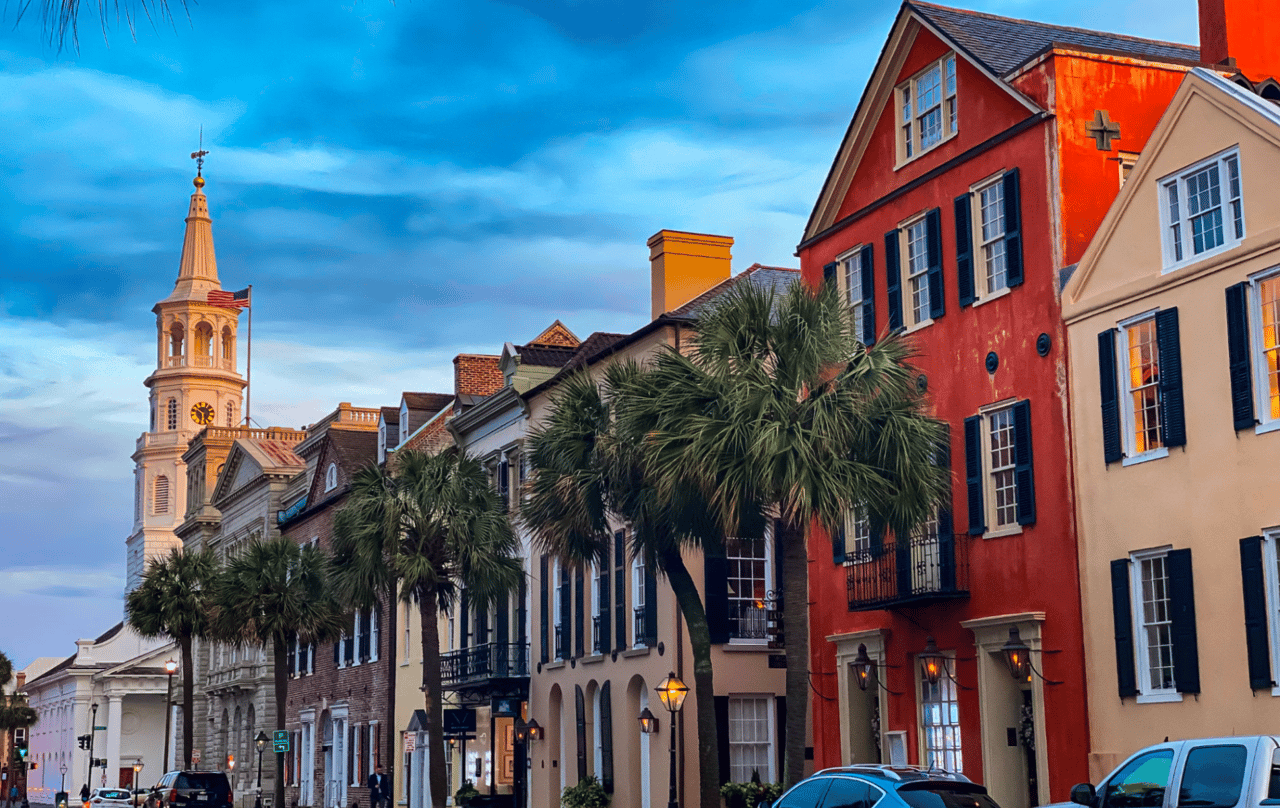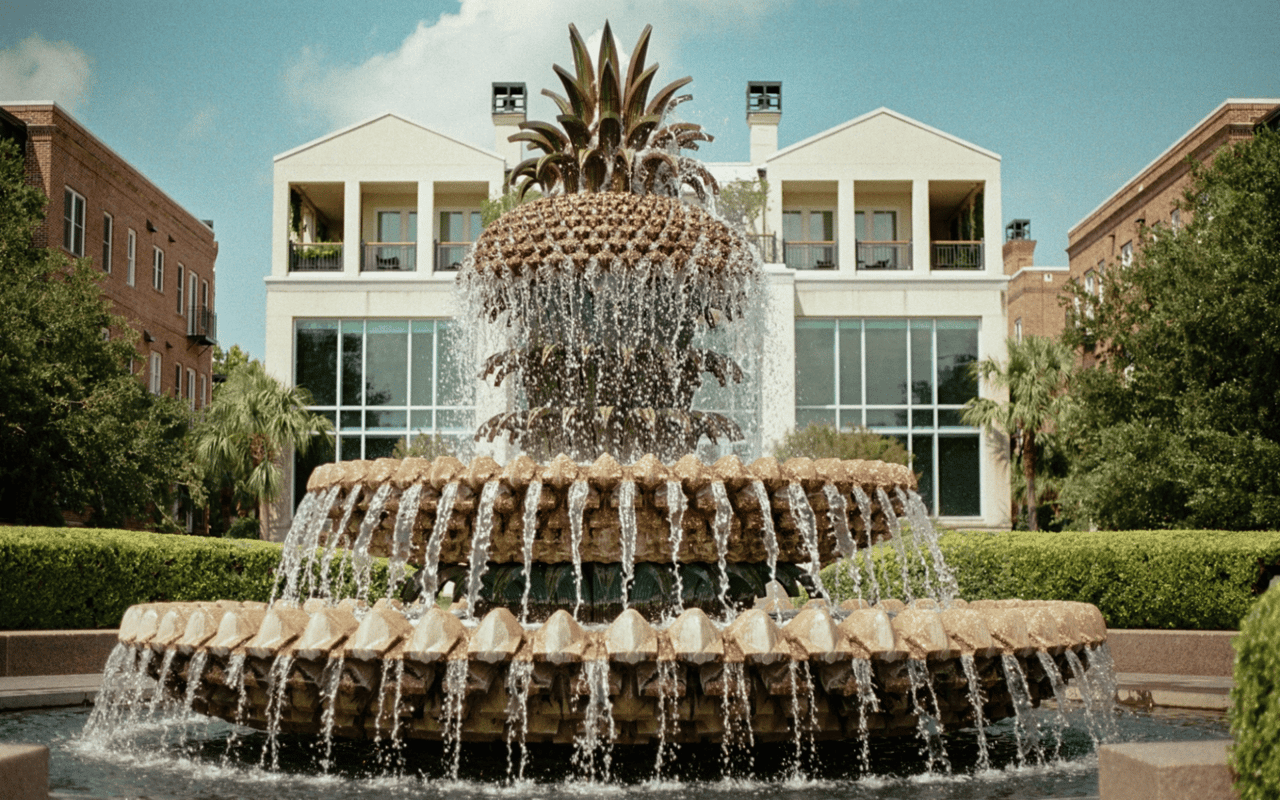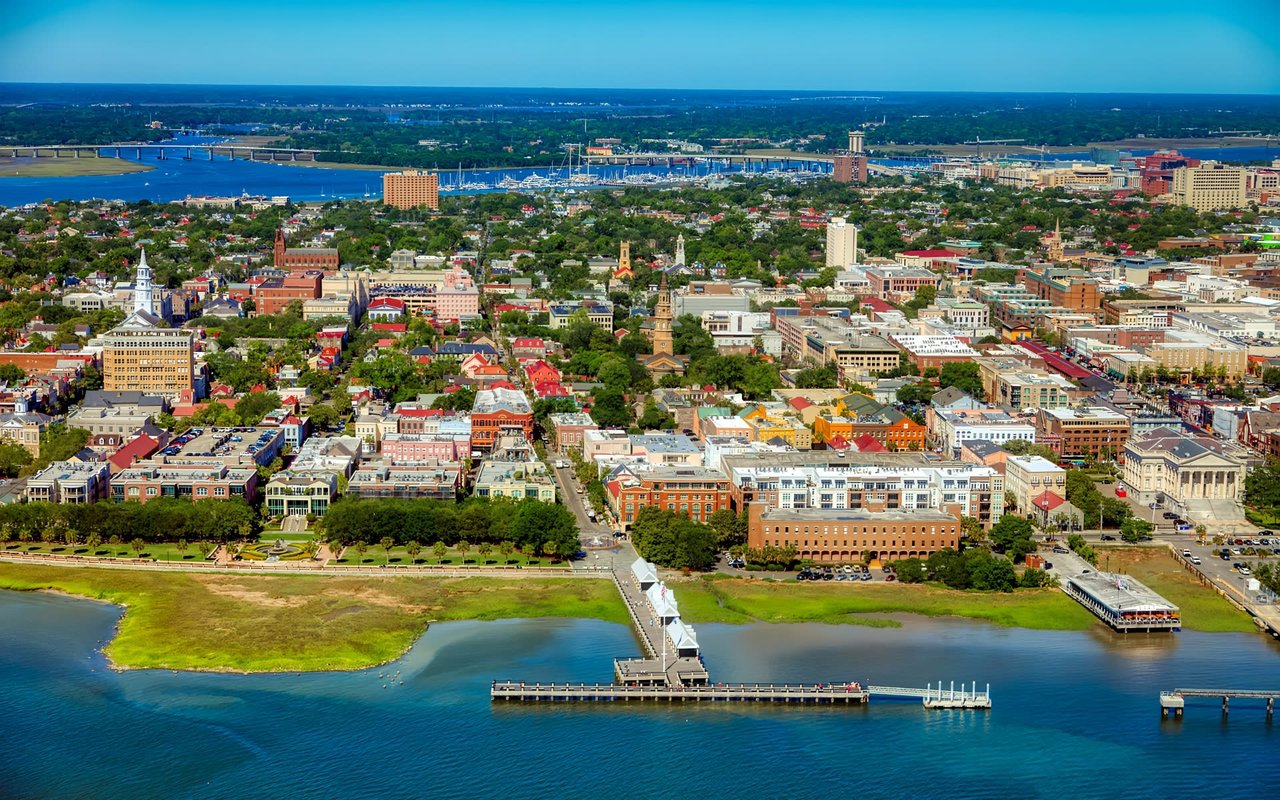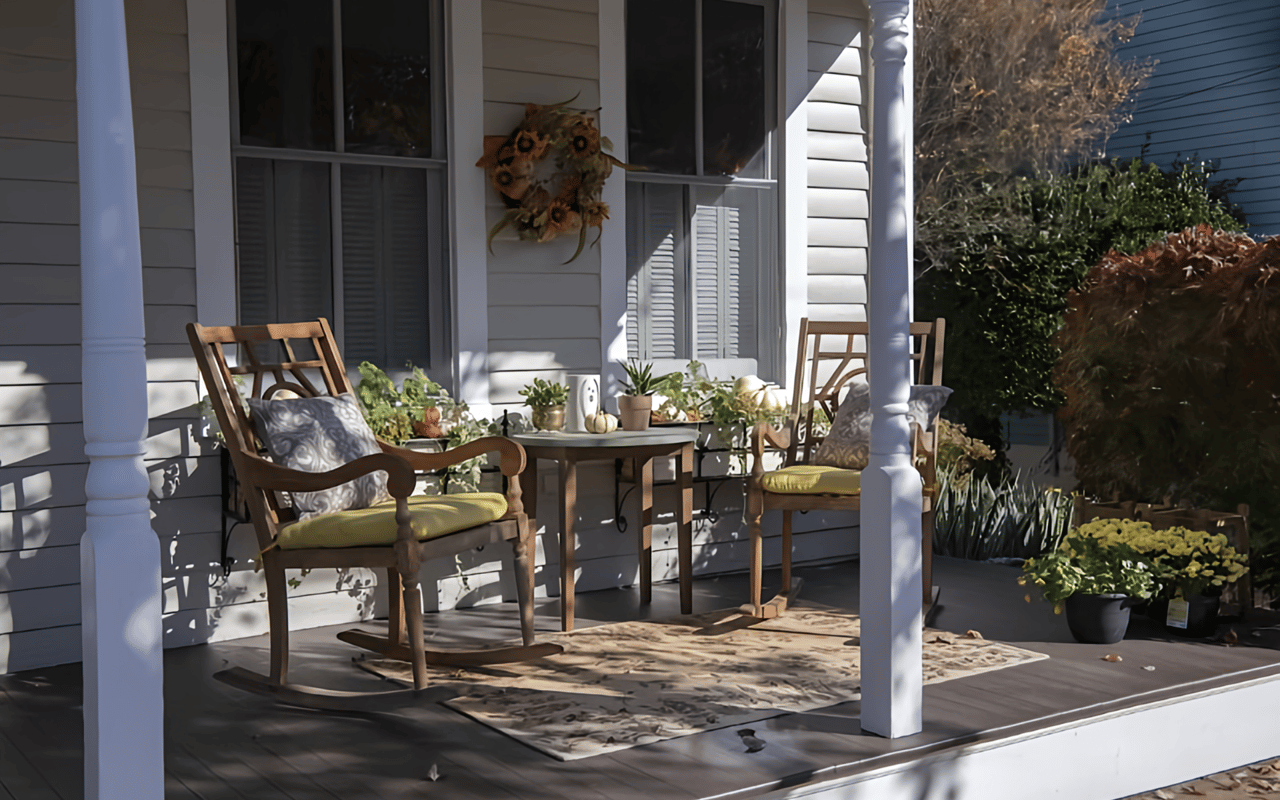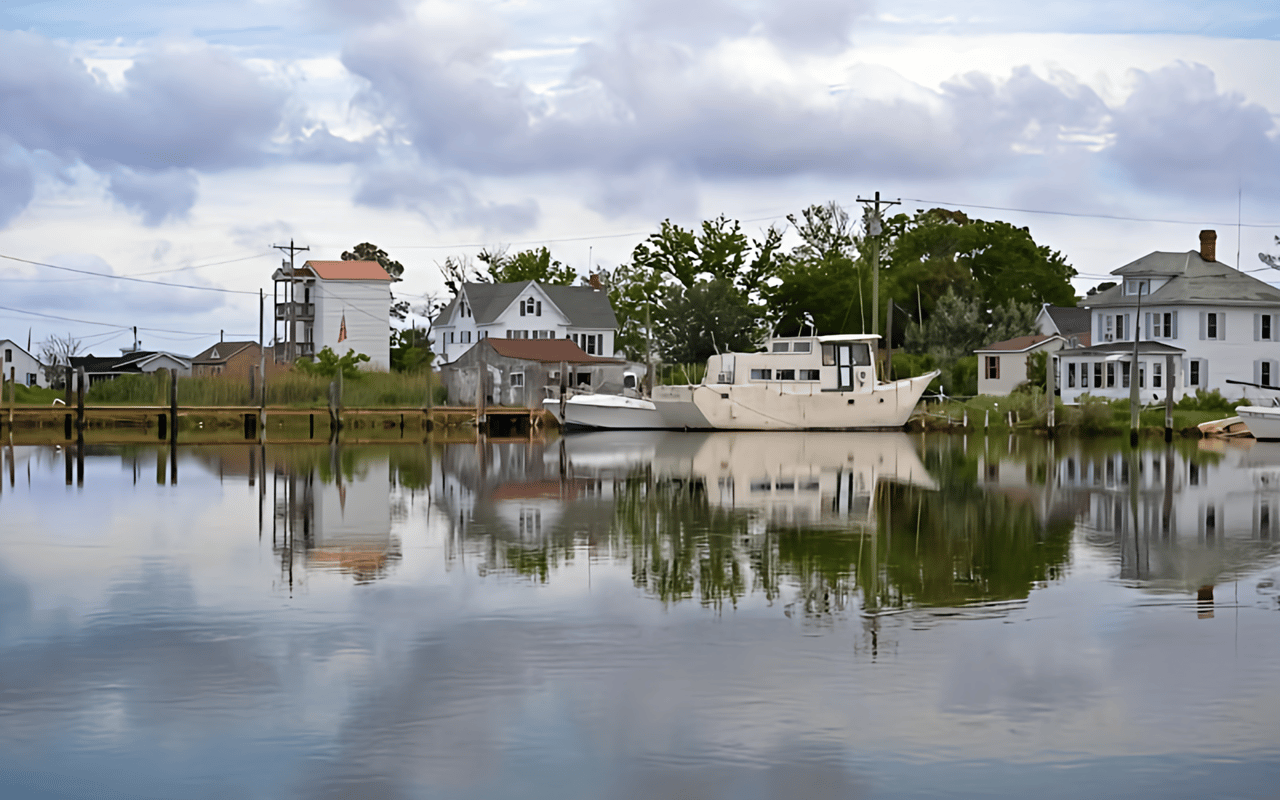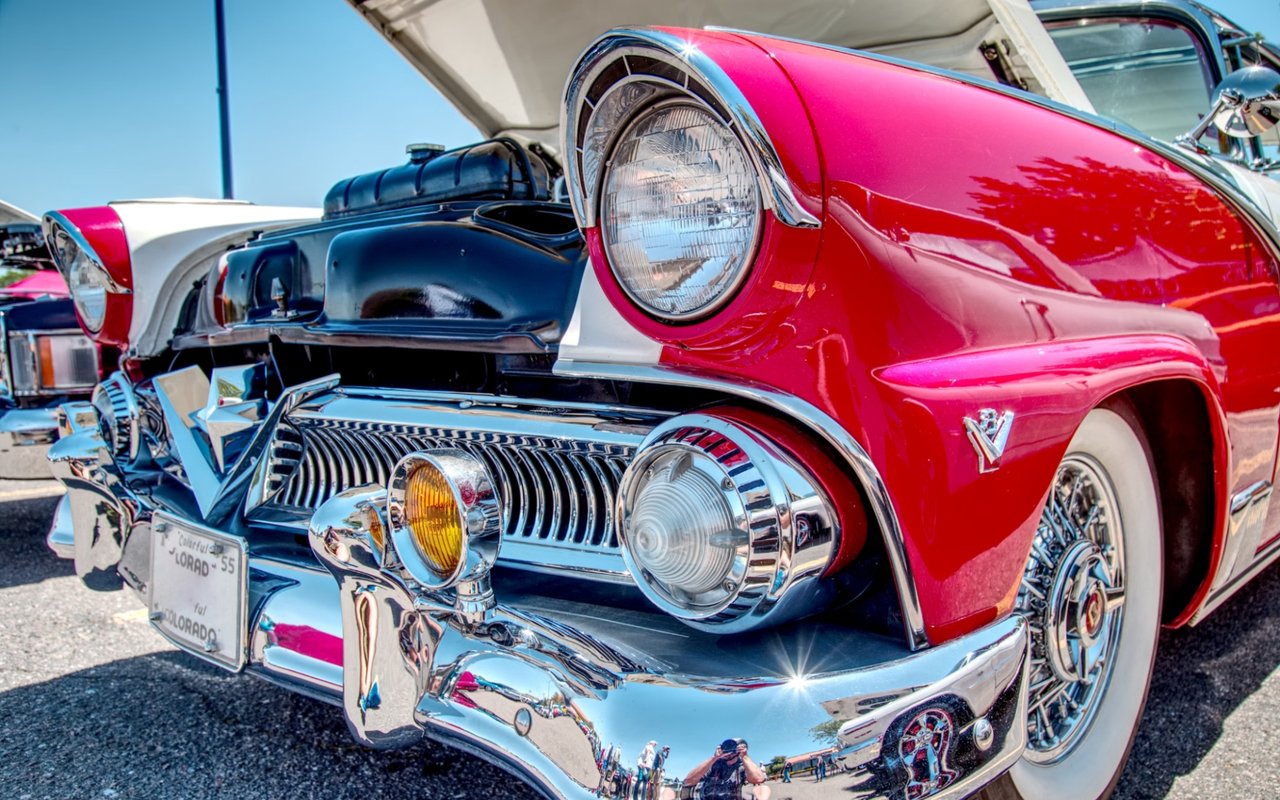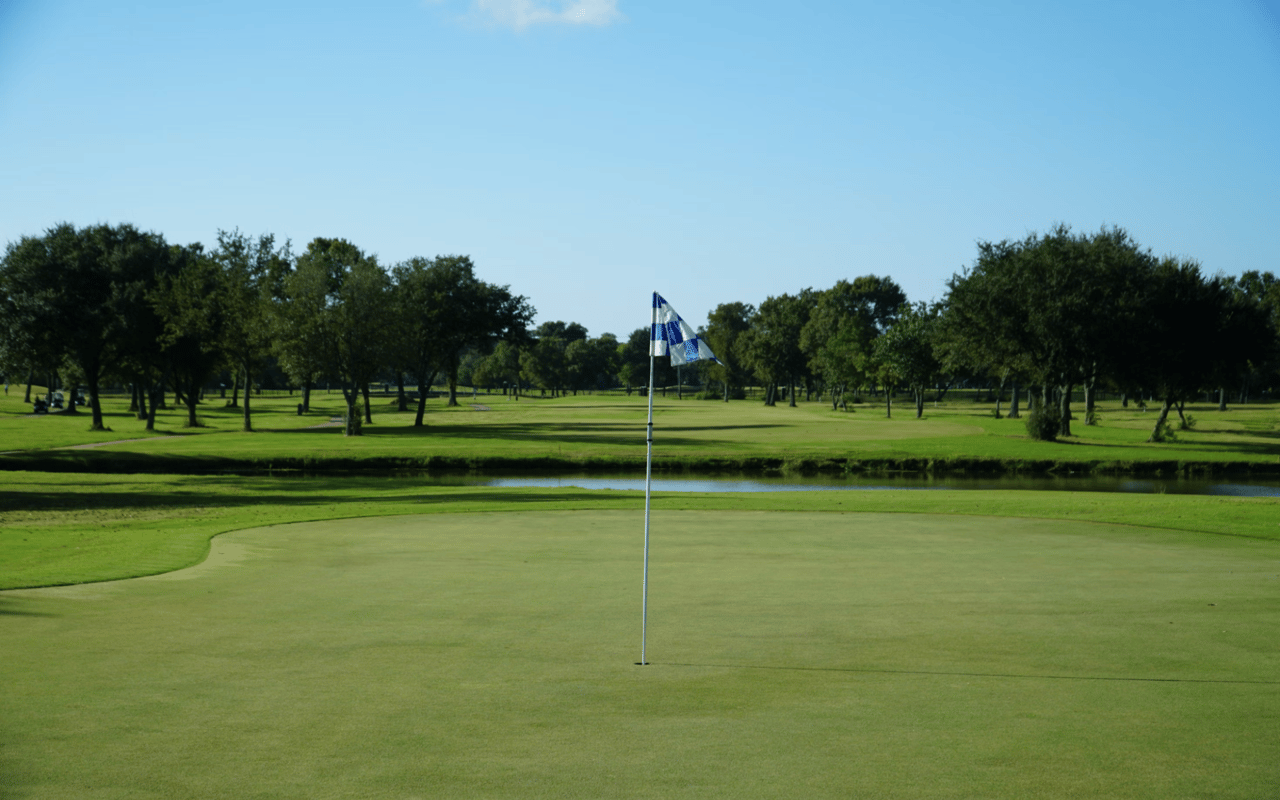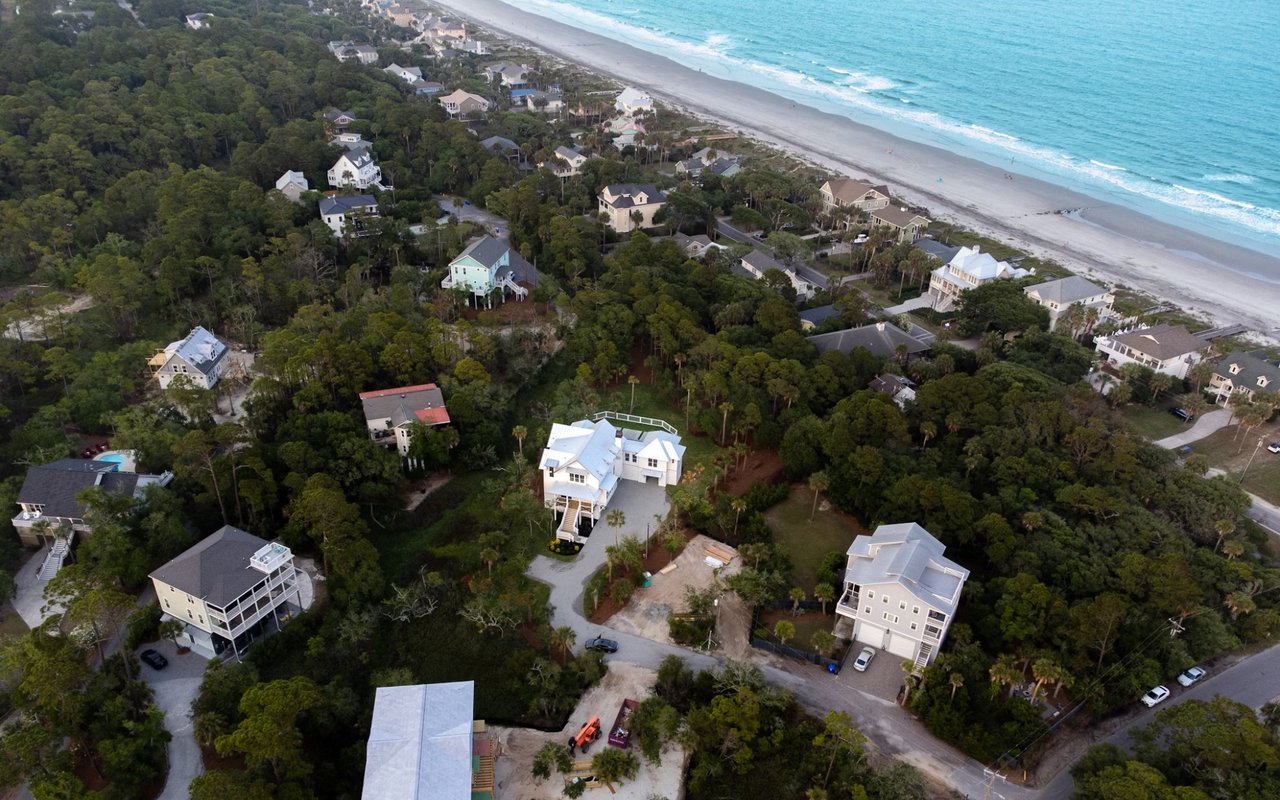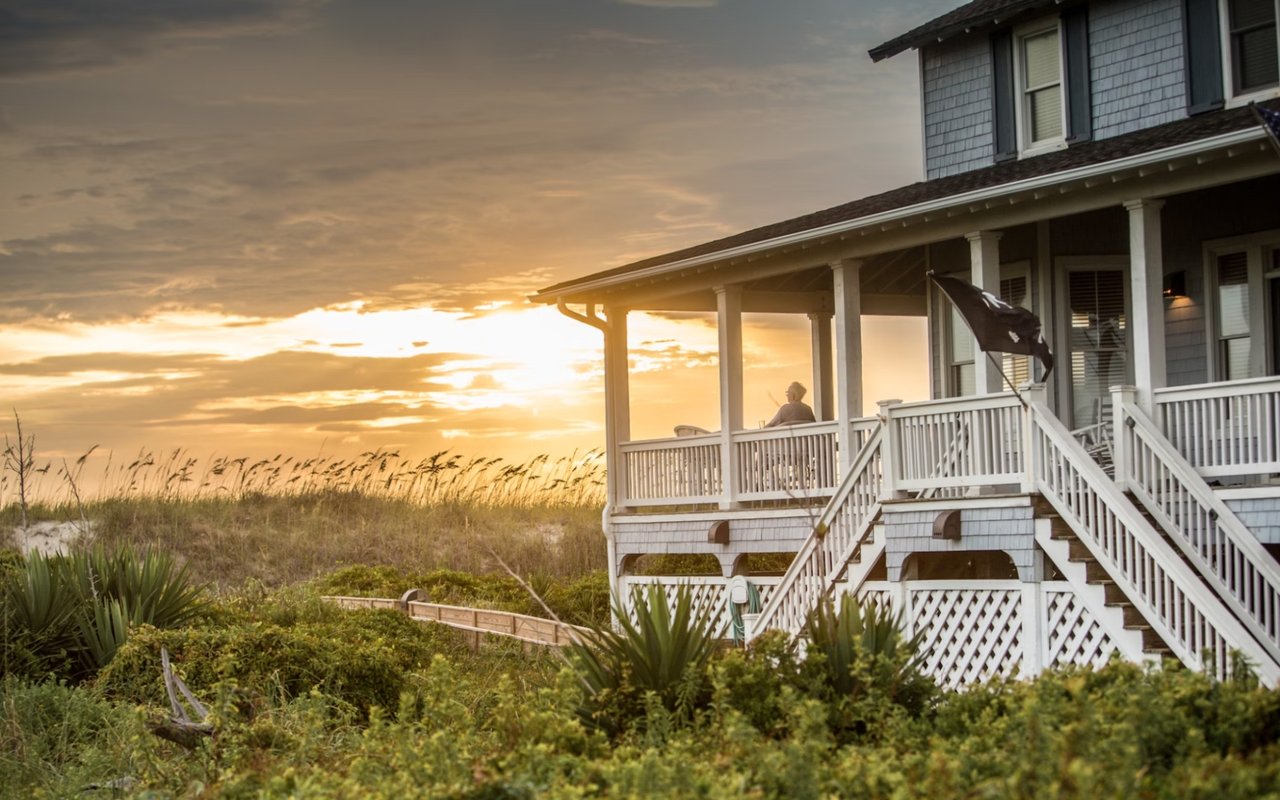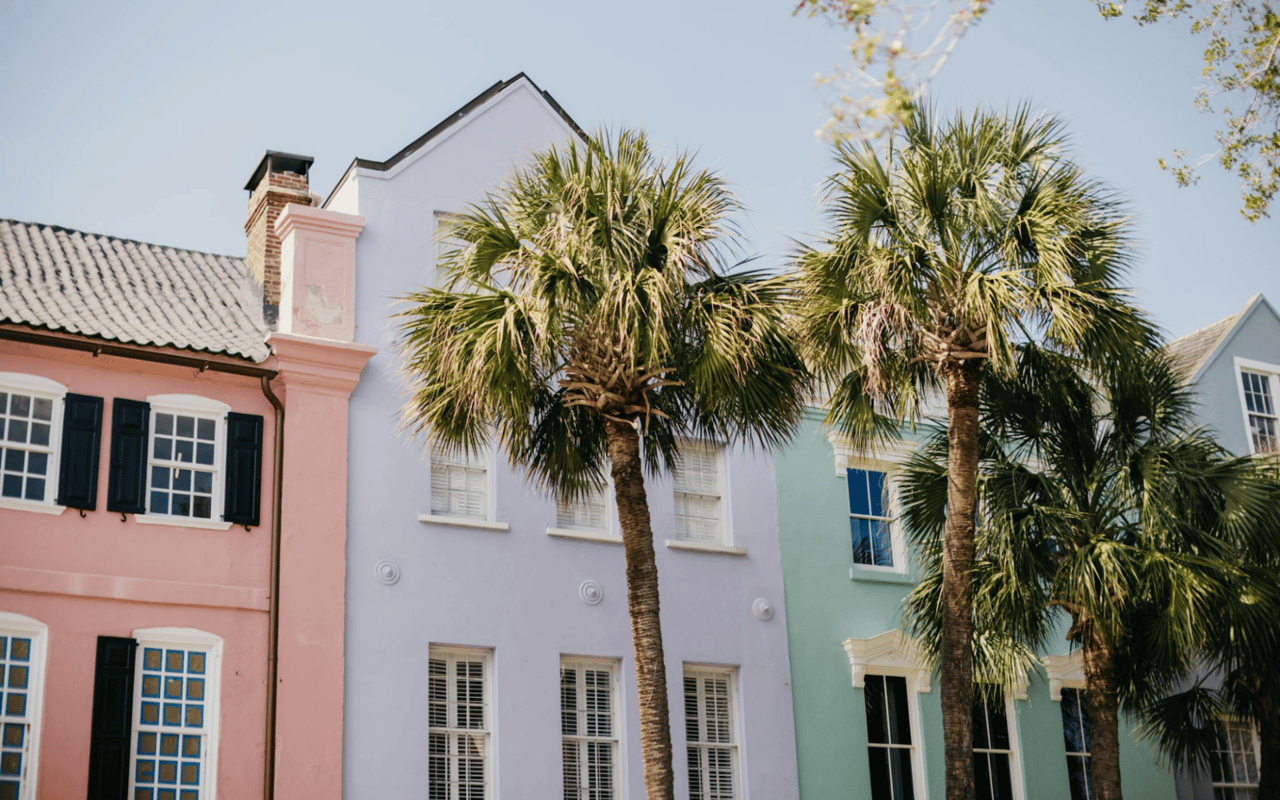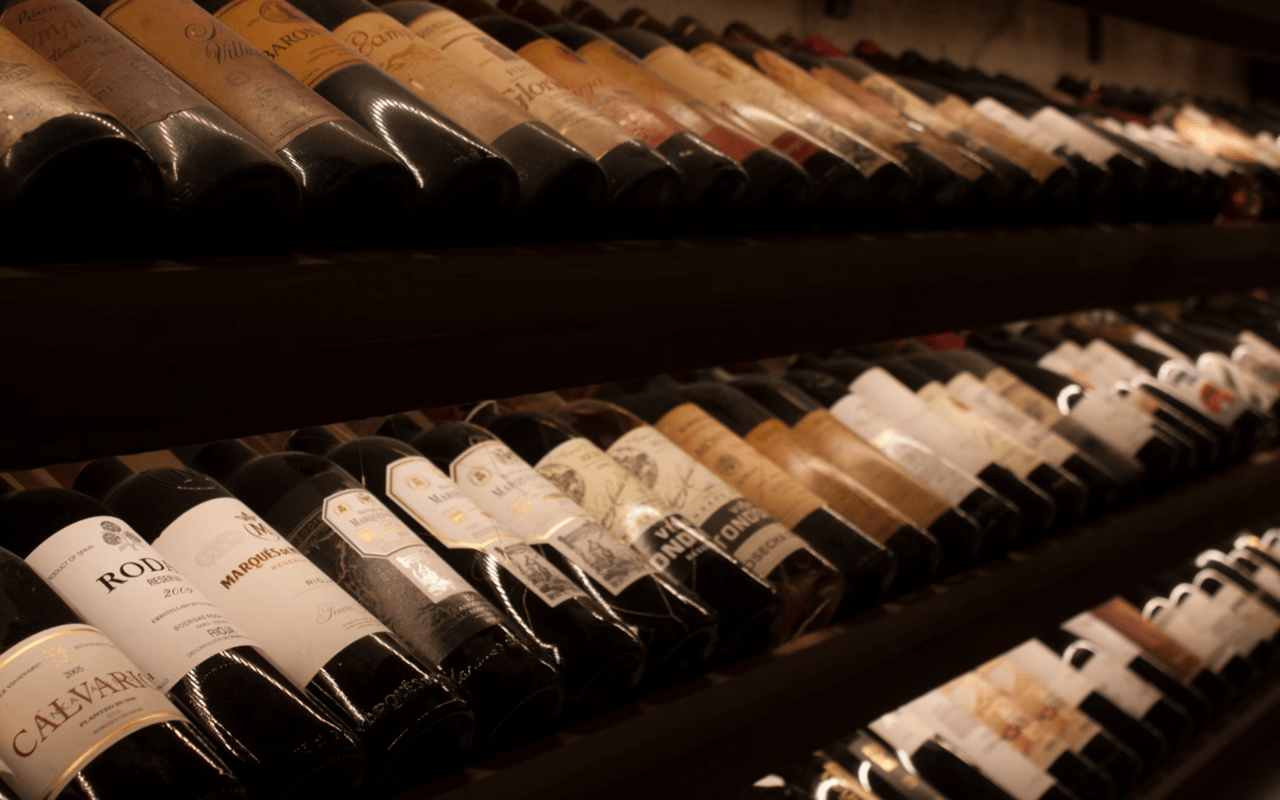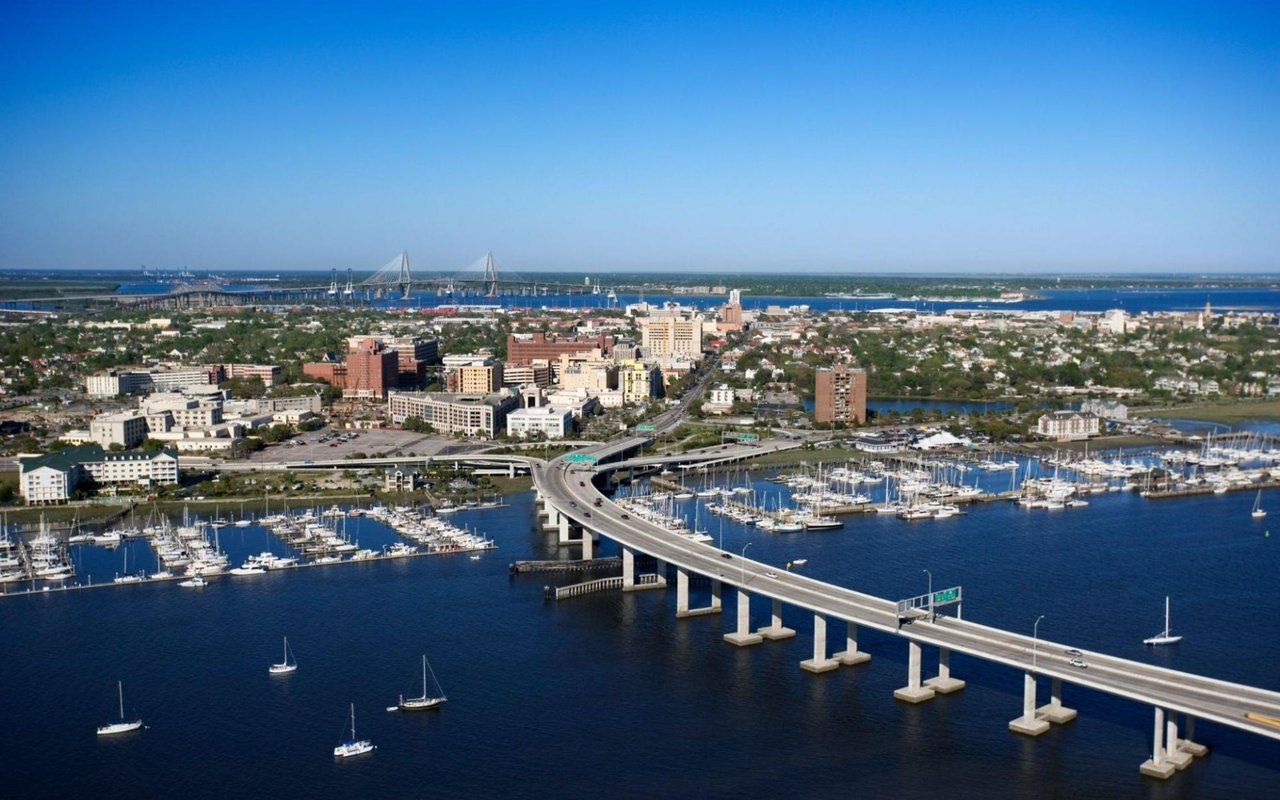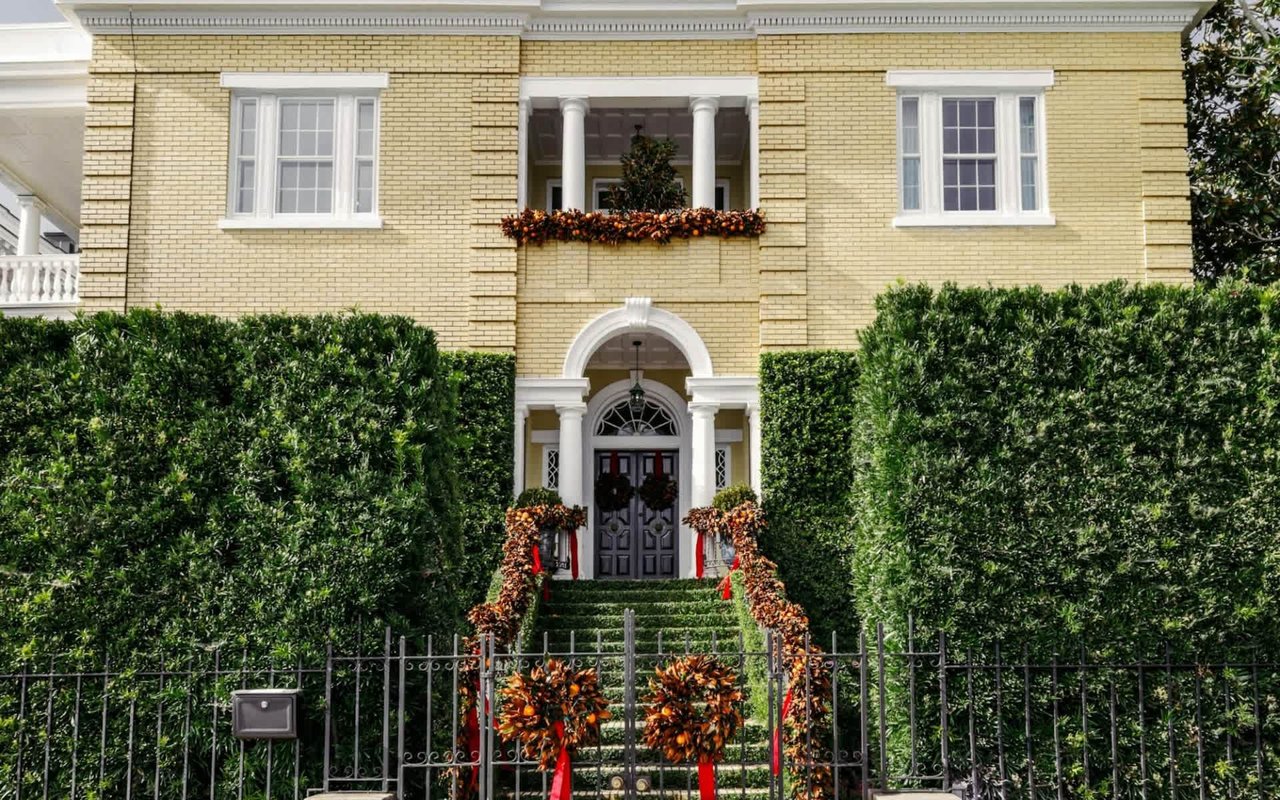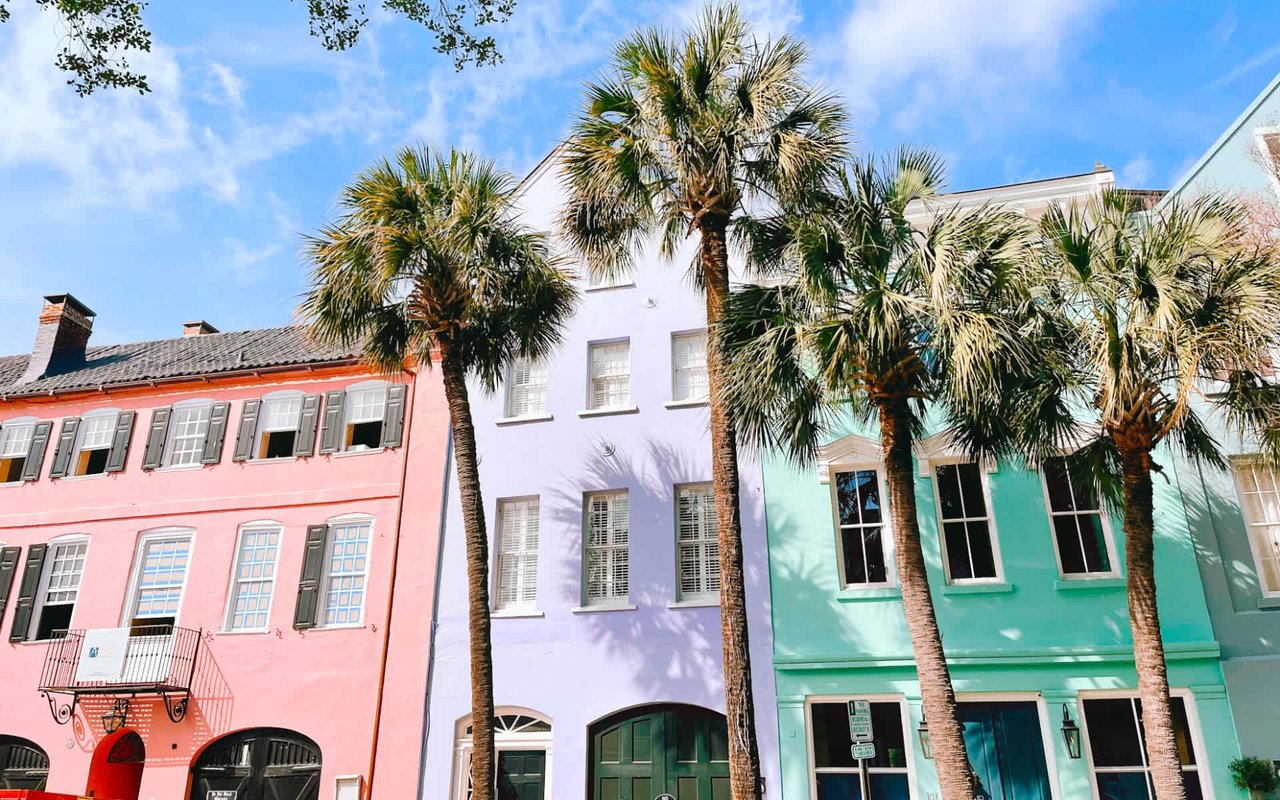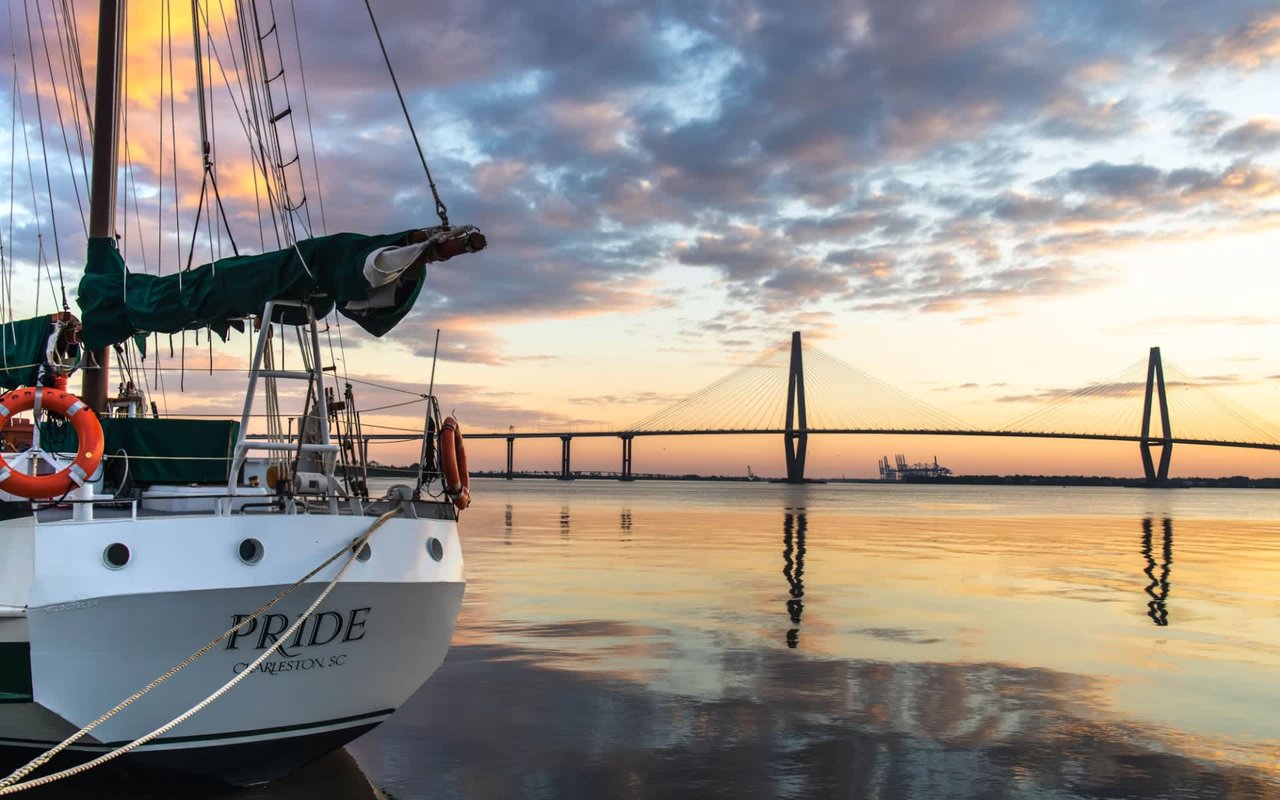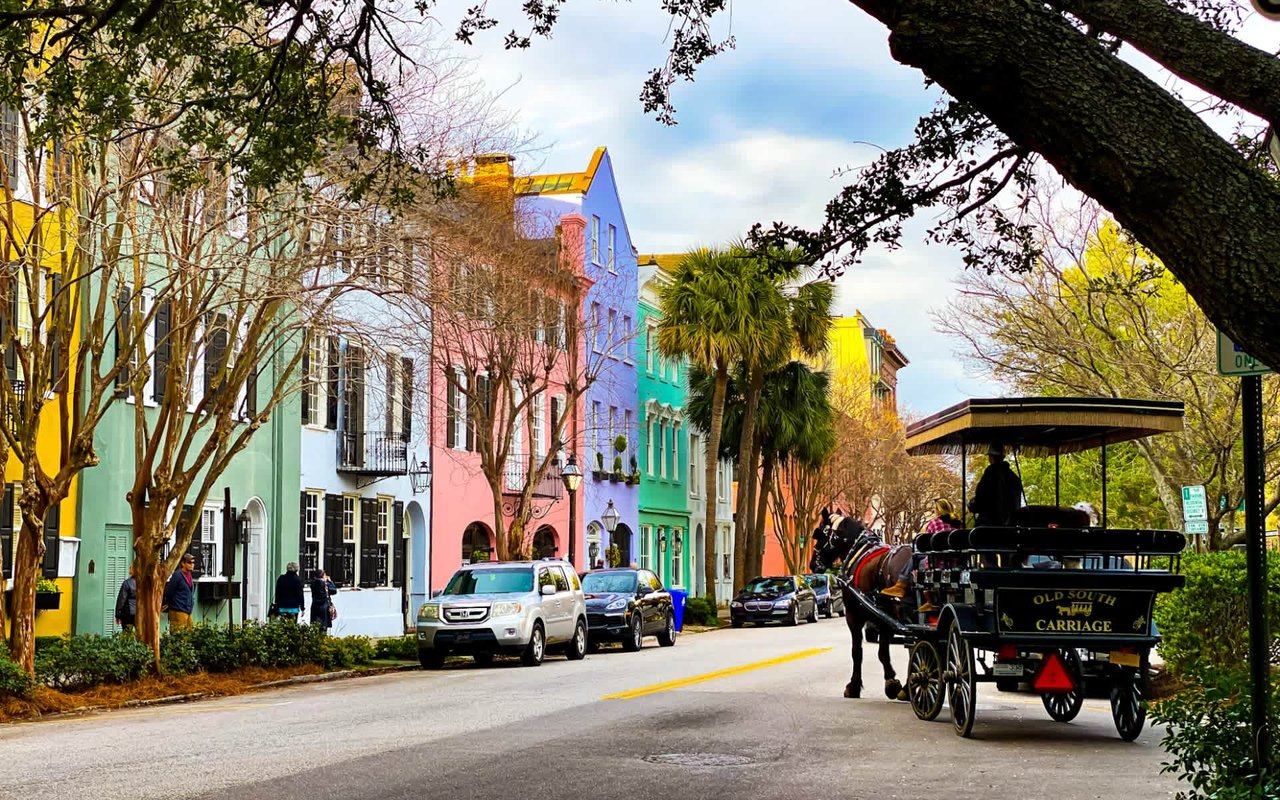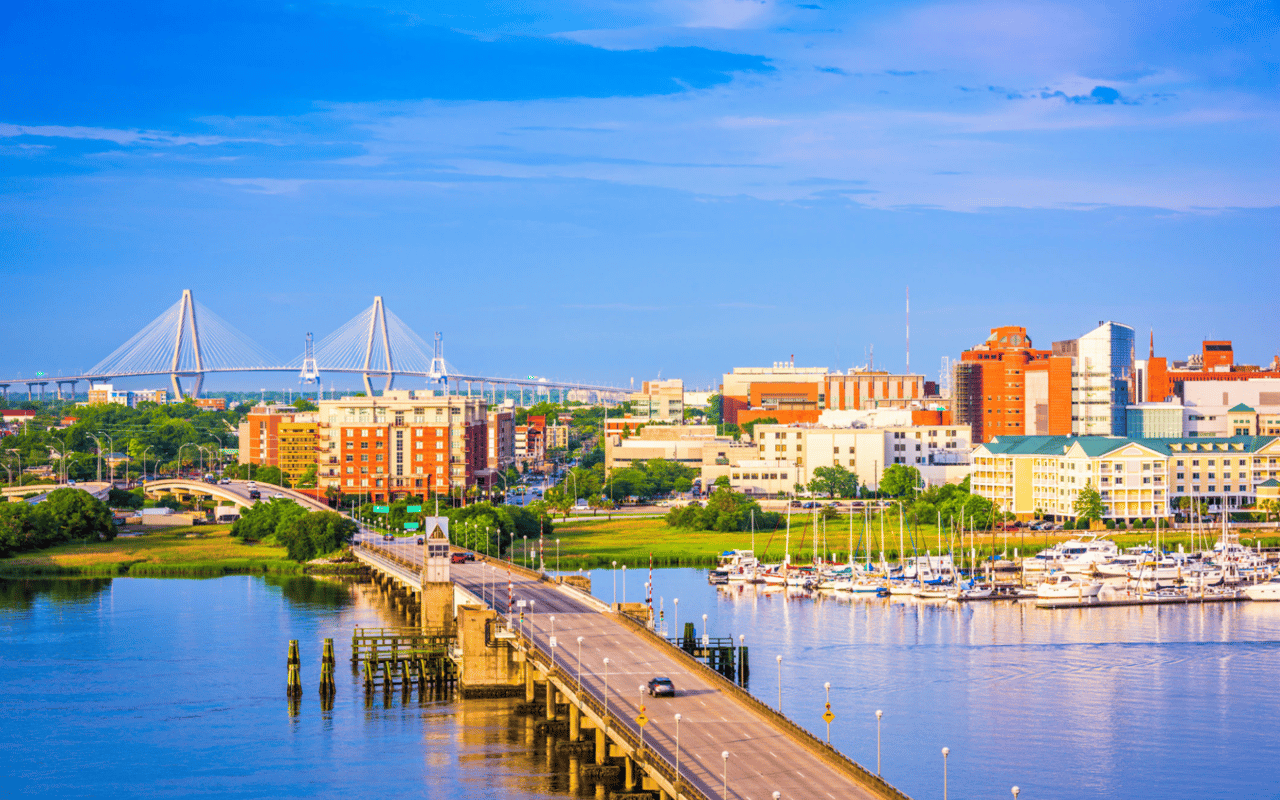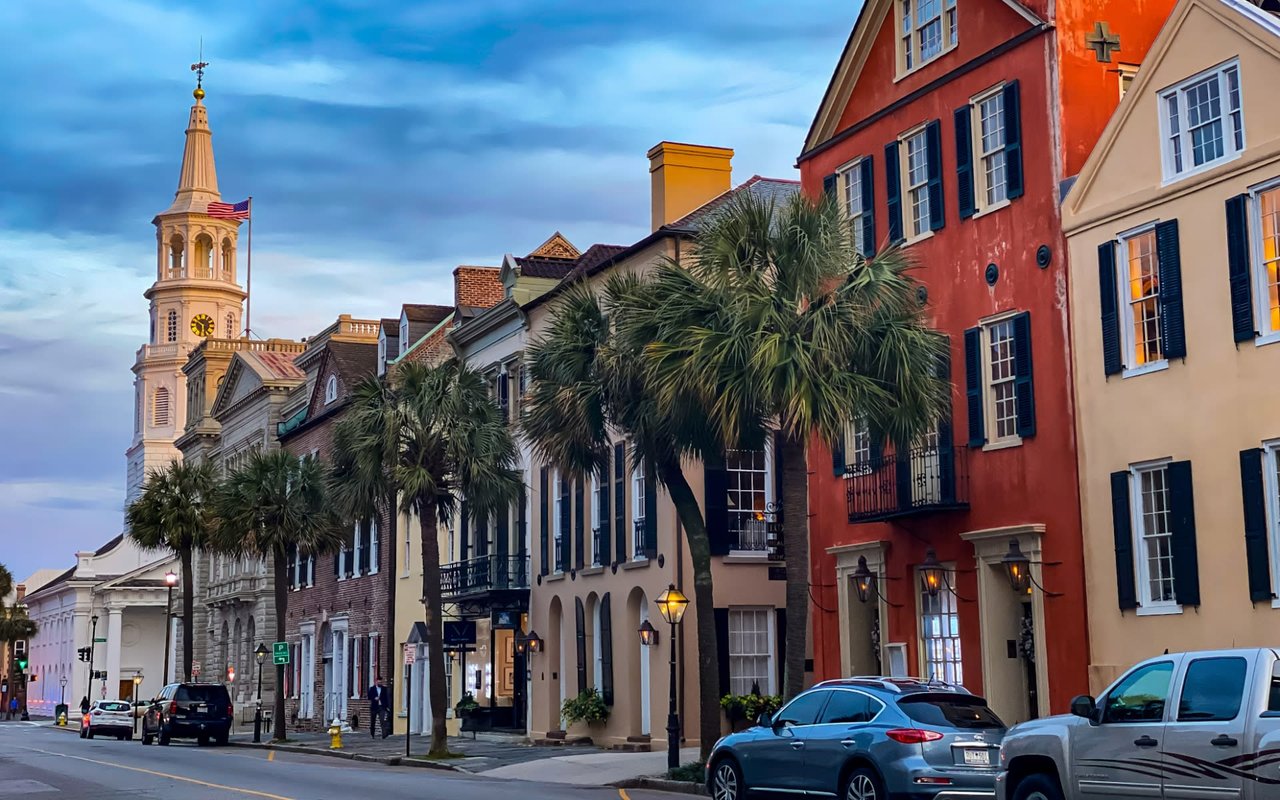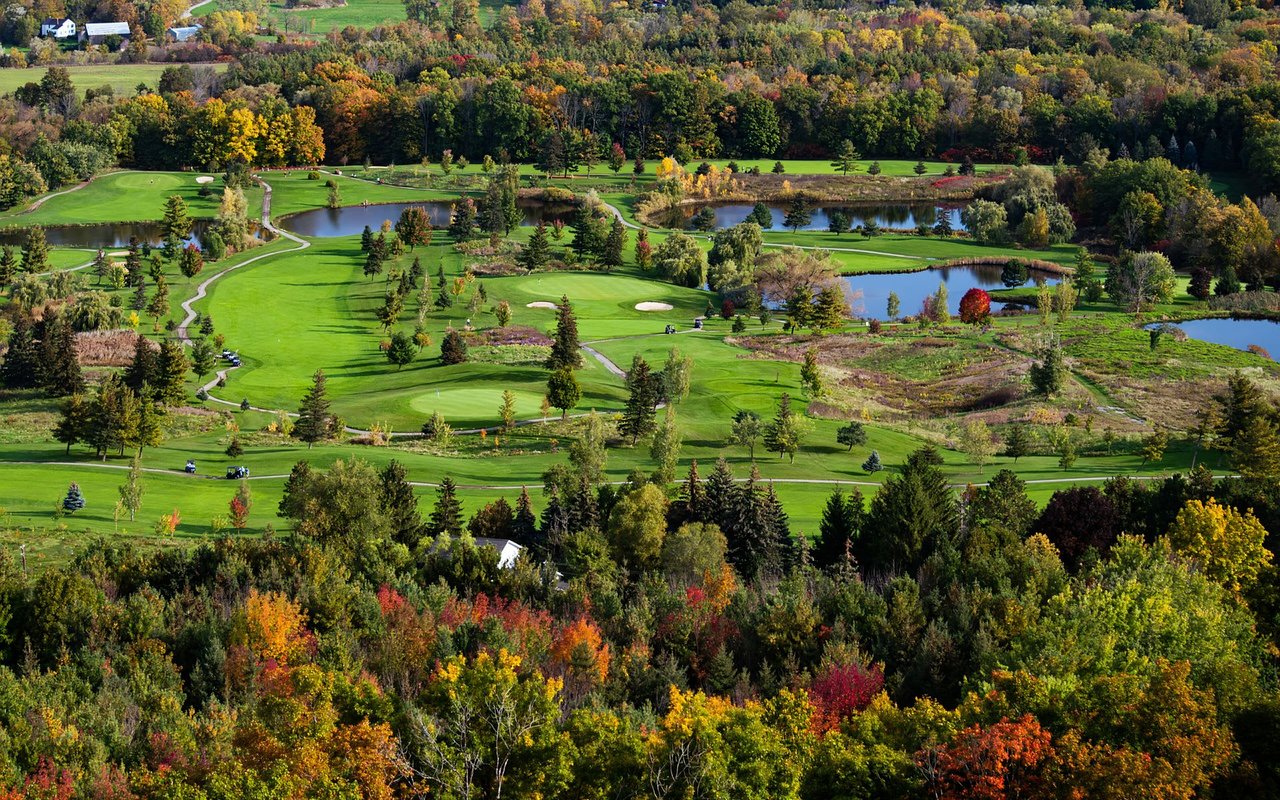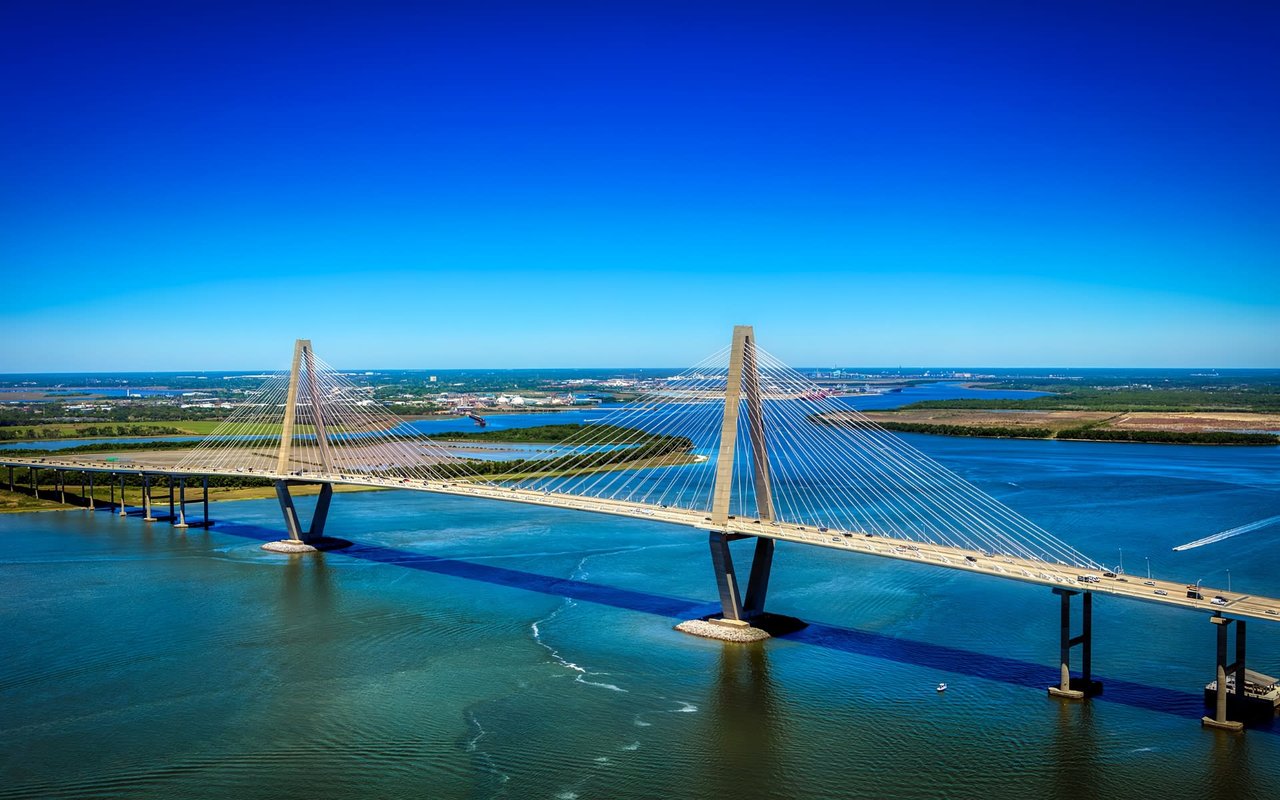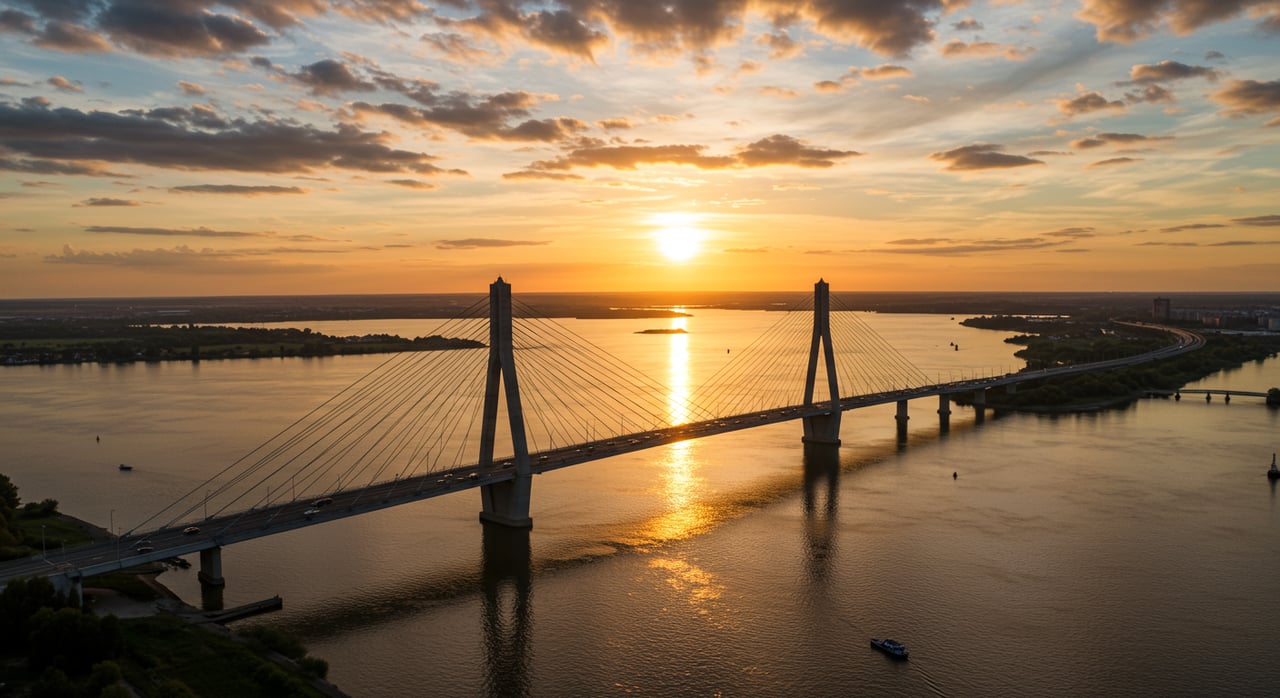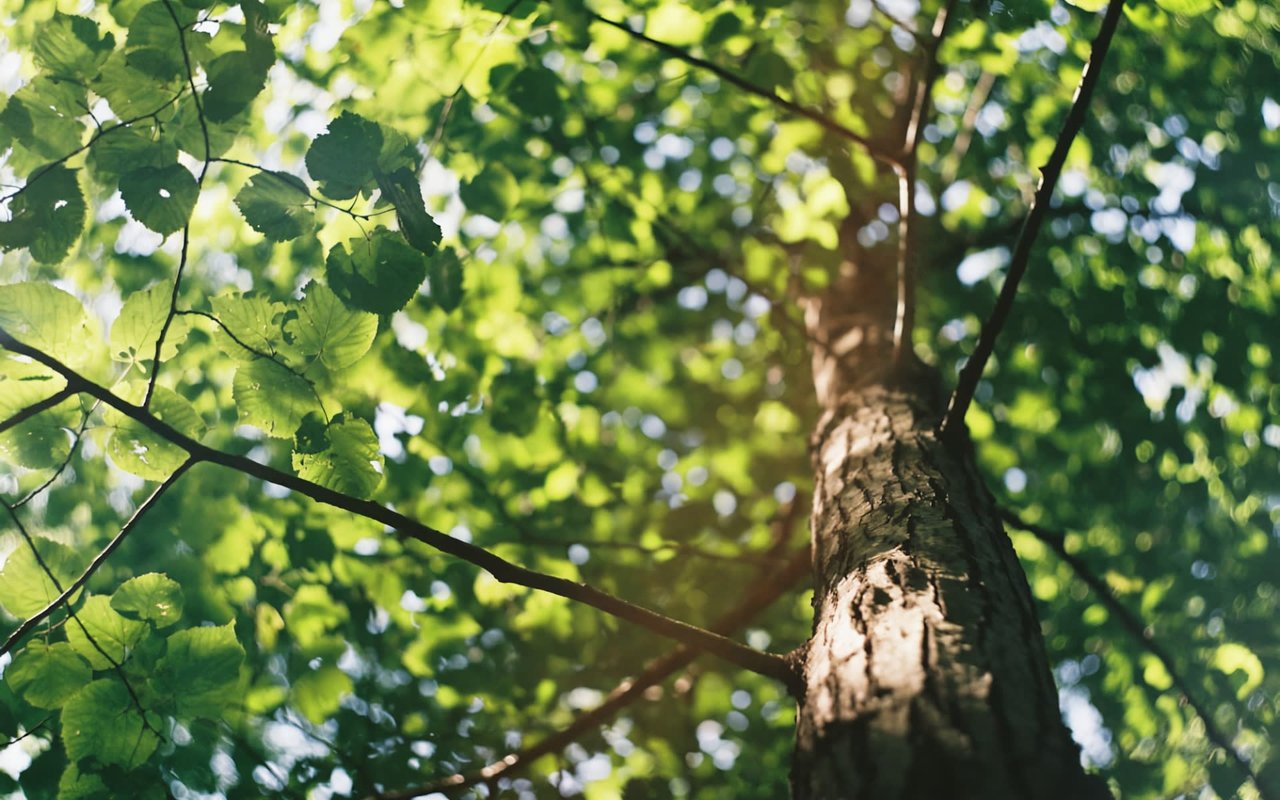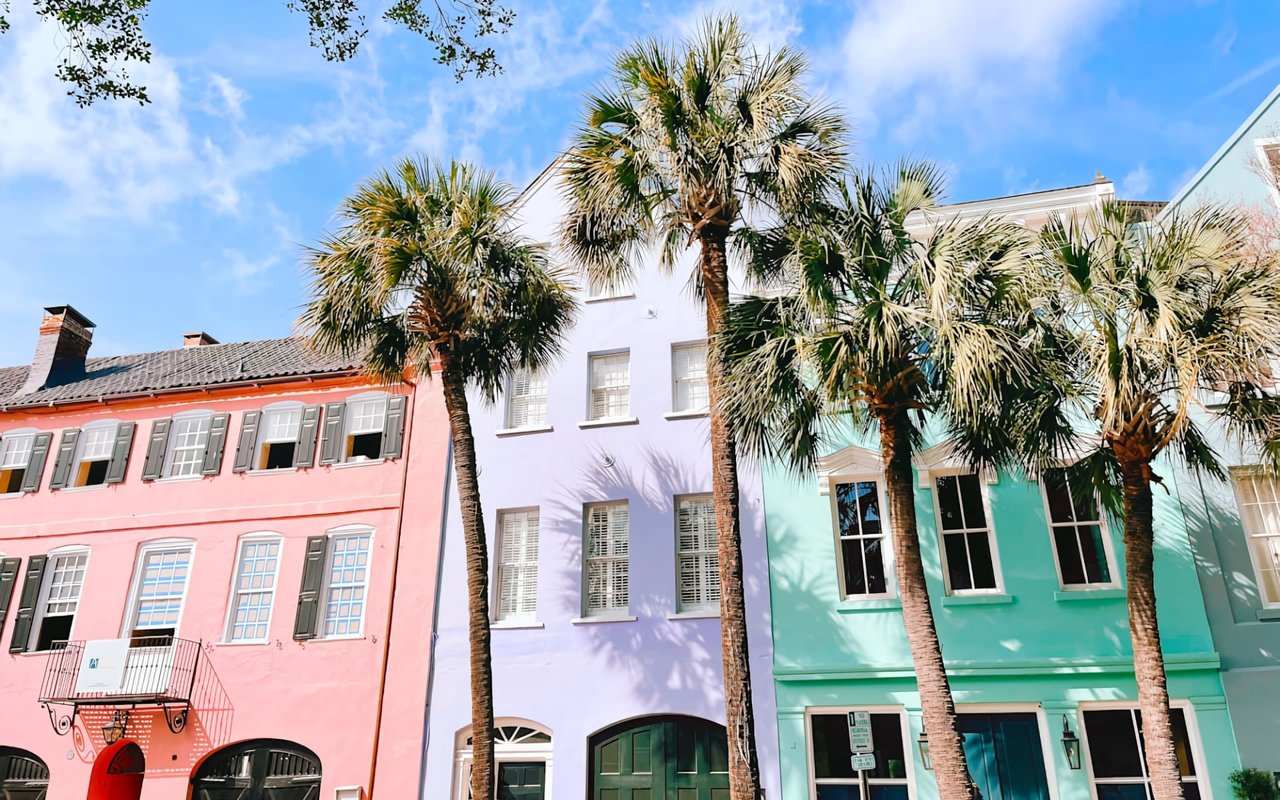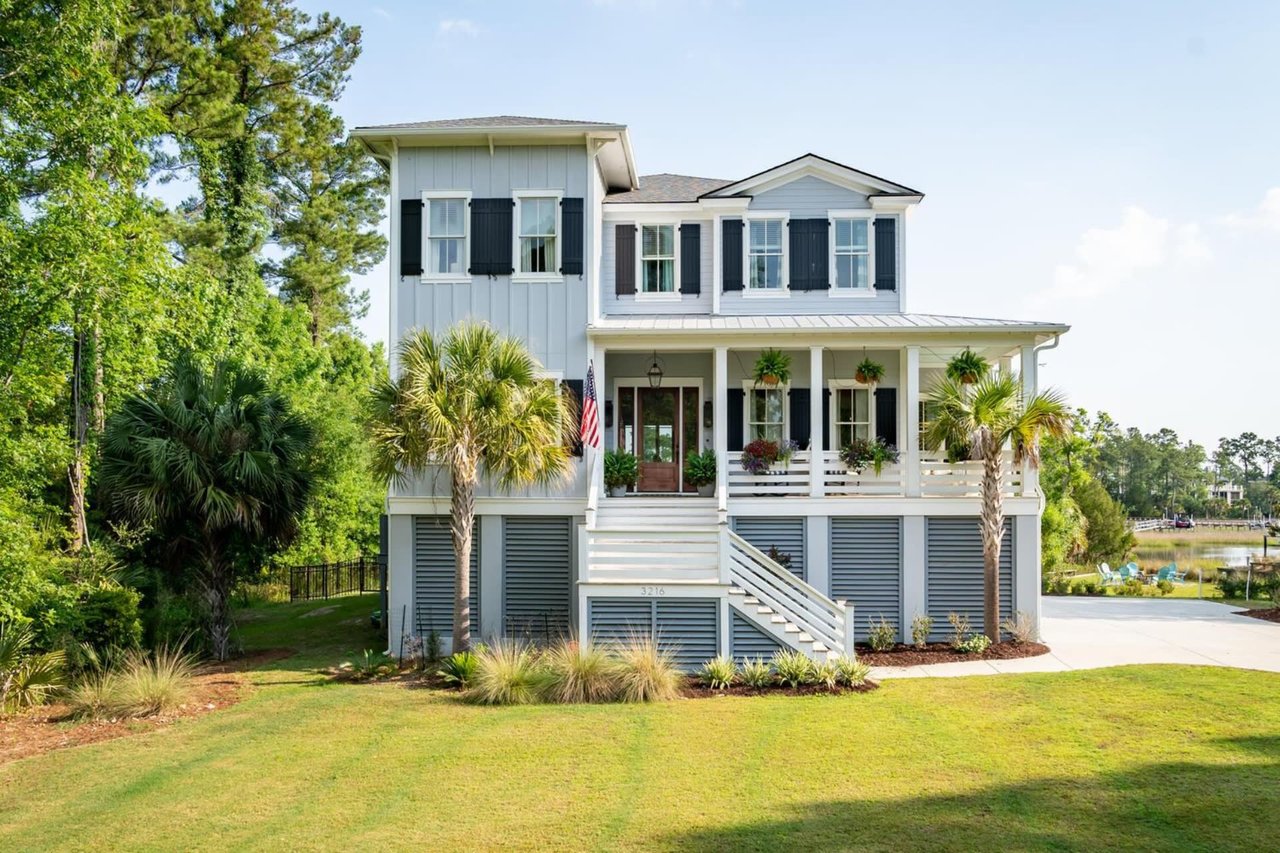From Swashbuckling Pirates to a Plethora of Pineapples, Charleston’s History Is as Diverse and Intriguing as the City Itself
With its rich history and friendly atmosphere, it’s really no surprise that people flock to Charleston as a place to live. Locals are well aware of the city’s incredible pedigree of historic events and charming anecdotal incidents. But if you’re new to town and curious to learn more, check out these fascinating facts about Charleston’s history.
It Was a Center of Pirate Activity
Charleston was one of the primary hubs for piracy during the Golden Age of Piracy between 1670 and 1720. Even the famed pirate Blackbeard, also known as Edward Teach, caused one of the most significant blockades in American history there. He blocked the Charleston port, capturing any incoming ships that dared enter and taking the passengers hostage. Luckily, the pirate did not ask much in terms of his demands, merely wanting a chest of medicine. Still, the blockade lasted for six days before Blackbeard finally got what he was after.
Anne Bonny, one of the most notorious female pirates, grew up in the Charleston area. It is said she eventually set fire to her father’s plantation in the city and fled. Stede Bonnet was another infamous pirate who allied with Blackbeard on more than one occasion. While the swashbuckling history sounds adventurous, dozens of pirates were hanged in the town for their many crimes and misdeeds.
The First Public College in America
The College of Charleston was the first public, city-supported college in the United States. Founded in 1770 and chartered in 1785, it is one of the oldest universities in the country and the oldest college in South Carolina.
Several of the men who founded the school would go on to sign the Declaration of Independence and the United States Constitution. Part of the campus sustained structural damage during the American Civil War, but it has been renovated since then. The school itself contains six undergraduate schools and has a focus on liberal arts.
Thanks to its significant history and a gorgeous campus, it has been used as a backdrop for multiple Hollywood film productions, such as “The Notebook,” “Dear John,” and “The Patriot.” The college remains in operation and is a popular campaign spot for political candidates.
America’s First Theater
Charleston is a place of many American firsts, including the first municipal college and museum. It is also where the first theater was erected. The Dock Street Theatre opened in February 1736 with a performance of “The Recruiting Officer.”
While there had been other performance venues created before Dock Street, it was the first building constructed specifically to be used for theatrical performances, musicals, and the like. Even the country’s first opera performance, “Flora,” was shown there. Sadly, the original theater likely burned down in the Great Fire of 1740, which also took with it several historic Charleston buildings.
The theater has been rebuilt and renovated multiple times over the years. It reopened for the third time in 2010 as part of a $19 million city renovation project. It is a flourishing venue with almost four centuries of culture and history under its belt. Annually, the Historic Dock Street Theatre hosts more than 100 performances per season and sees thousands of patrons in attendance.
Rainbow Row
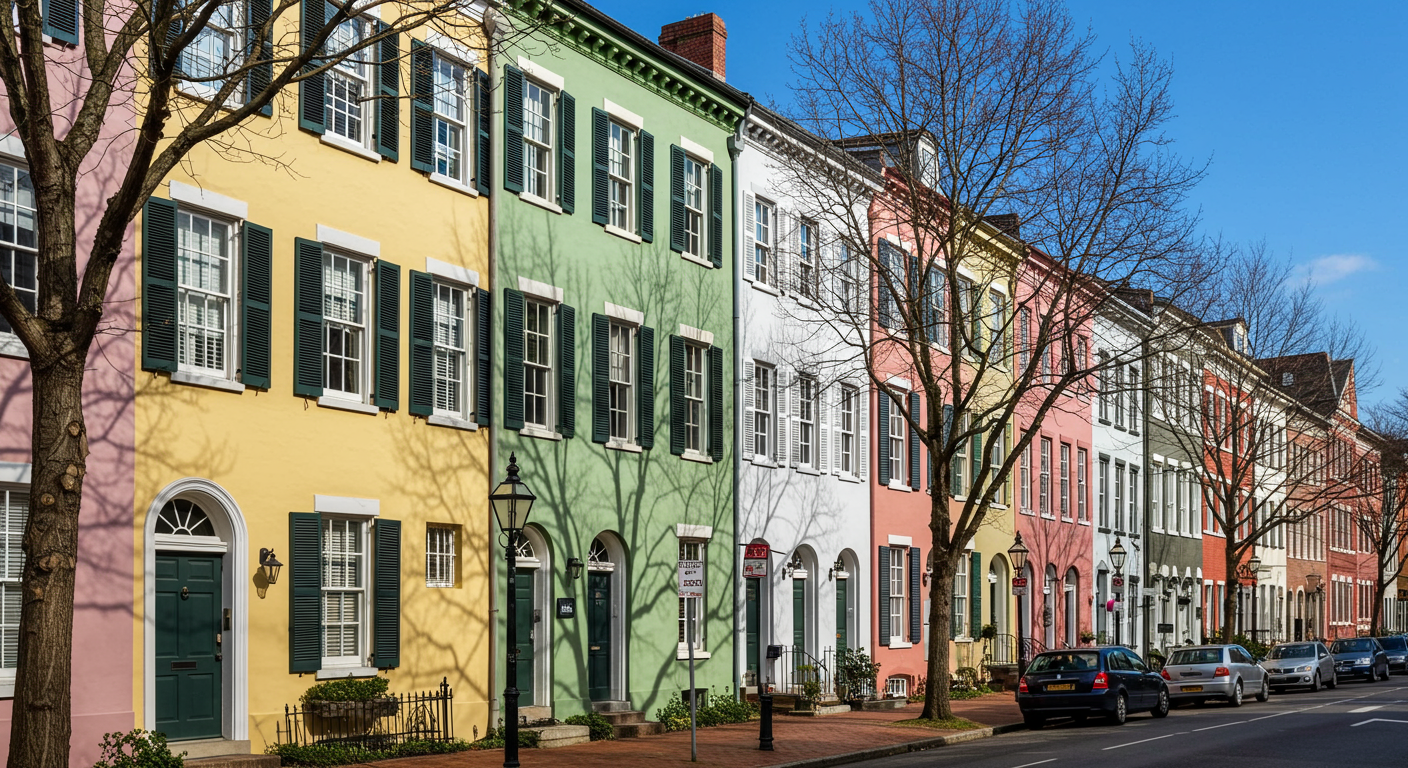 Photo credit: Traveler of Charleston
Photo credit: Traveler of Charleston Rainbow Row is the name of a captivating and beautiful row of 13 colorful houses along the waterfront in Charleston. Visiting the row is a well-loved activity among locals and tourists, who love to take pictures of the vibrant homes and learn about the intriguing history of the location and the houses’ unique design.
Initially, the long row of Georgian houses (the longest row in the country) was not painted such vivid colors. In fact, they had fallen into disarray after the Civil War. But in the 1930s, Dorothy Porcher Legge and her husband, Judge Lionel Legge, purchased a home there. The Legges kickstarted the pastel trend by painting their house a cute shade of pink; their neighbors soon copied the trend.
According to the Charleston website, no one knows the exact true meaning behind the color coordination aside from the fact it looks great. Some have theorized that the homes were painted in such a striking way to help sailors find their way home at night in the dark. Others have hypothesized that the paint job might have made the homes cooler in the hot weather.
What’s Up With the Pineapples?
While it is easy to find pineapples in this day and age, that wasn’t always the case. In the past, a pineapple was a sign of wealth, as it required extensive traveling and money to transport them from places like Brazil and Paraguay.
There came a time when people came to believe pineapples could be used to fight against scurvy. So, the fruit began to appear on more and more ships, thereby making them increasingly common.
Today, pineapples in Charleston are an indication of hospitality. Pineapples have become part of the Southern identity, especially in the Carolinas. Sailors would place them outside their doors to let people know they had arrived home safely from their travels at sea.
If you’re searching for homes for sale in Charleston, you will probably start noticing pineapple symbols everywhere, such as the famous Pineapple Fountain located at Waterfront Park.
Bill Murray Is a Part-owner of the Charleston Riverdogs
The Charleston RiverDogs is a minor league baseball that was founded in 1980, although they were originally known as the Charleston Royals. Murray is a big baseball fan and a fan of Charleston in general. He became part-owner of the team and is referred to as the “Director of Fun.”
The team has been renamed several times throughout its long history in the city, but it remains a vital part of Charleston’s history to this day. And as for the famed comedic actor, Murray isn’t just a part-owner in name—he genuinely cares about the team and shows up regularly to support them.
The Holy City
Some may have wondered why Charleston is frequently referred to as “The Holy City.” Charleston has multiple churches of different faiths. The city’s tolerance extends far and wide, making it a unique place to live, even in centuries past.
In the 1700s, when settlers arrived from neighboring countries, they brought with them Protestant denominations, in addition to Roman Catholicism and Judaism. When looking out across the horizon of Charleston, you’ll notice the landscape is dotted with numerous church steeples, serving as a reminder of the importance of religion in the city.
The Circular Congregational Church, one of the oldest Southern congregations, is still present in the city today.
Are you thinking about moving to South Carolina or investing in real estate property there? Consider reaching out to Katherine Cox, a renowned agent with a strong background and tons of experience making her clients’ real estate dreams come true.
Charleston Green

Something you’ll probably notice fairly quickly when walking around Charleston is how many houses are adorned with the signature shade of “Charleston Green.” Some have even mistaken the color for black because it is such a dark shade.
The origin of the pigment is not 100% certain, but the most common story told is that after the Civil War ended, the Union issued buckets of government paint to residents in Charleston. Many homes had been damaged during the war, and the paint was intended to be used as a temporary bandage to help patch up what had been done to the houses.
Instead of using a boring shade of black, people started to mix in different colors, such as yellow and blue, which resulted in the deep forest green we see now.
The Civil War
You might be surprised to learn that the opening shots of the Civil War were actually fired on Charleston. A Union supply ship entered the harbor and was fired upon by The Citadel cadets. Charleston as a whole served as an important port city for the Confederacy, hence the reason it was a primary target during the war.
However, it did manage to hold out until close to the end of the war. Fort Sumter remains a popular historical site, attracting large numbers of visitors annually.
America’s First Museum
Along with establishing the first American theater, Charleston is also home to the United States’ oldest museum. The Charleston Museum was founded in 1773 and opened in 1824. It houses numerous exhibits and special collections, including Charleston furniture, Egyptian artifacts, treasured archives, and more.
According to Charleston Museum’s official website, the museum was inspired by the British Museum and established by the Charleston Library Society. Aside from its historical context, the museum also houses a number of zoological and natural specimens.
In 1852, Louis Aggasiz, a Harvard scientist, even went so far as to say that the Charleston Museum’s collection was among the finest in all of America. Over the years, the museum’s reputation has only grown, and many locals consider it to be the place for tourists to visit during their first time in town.



